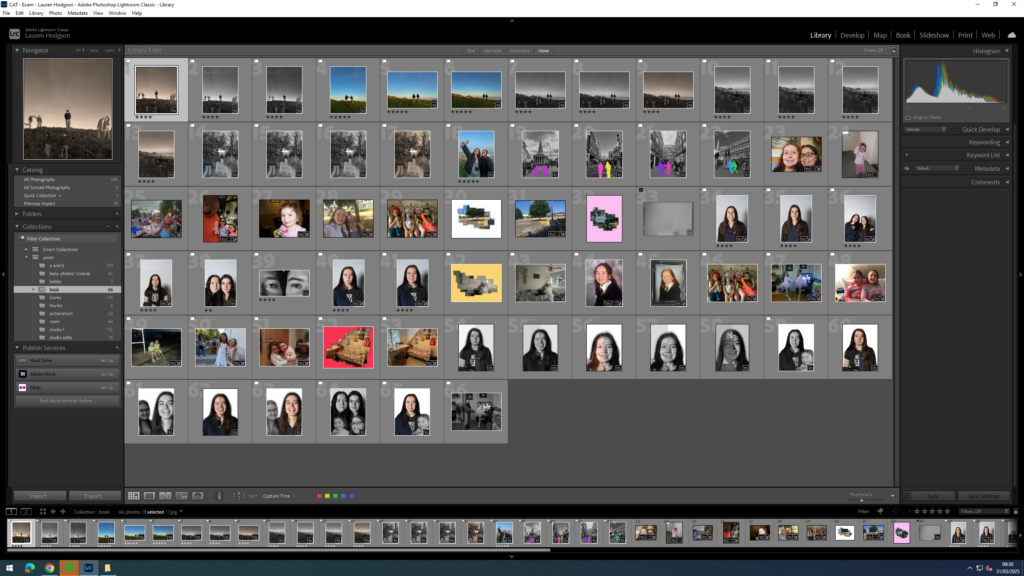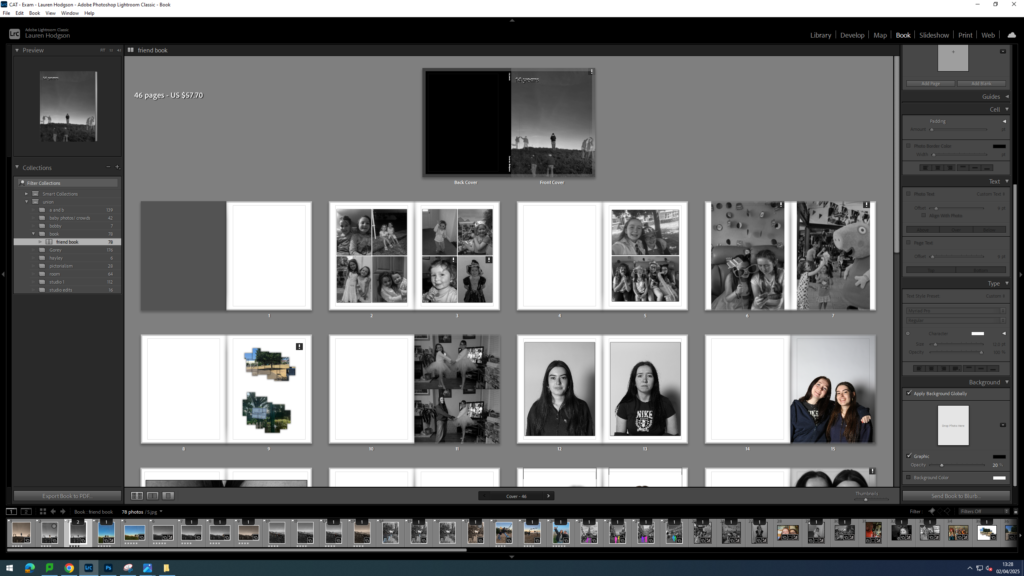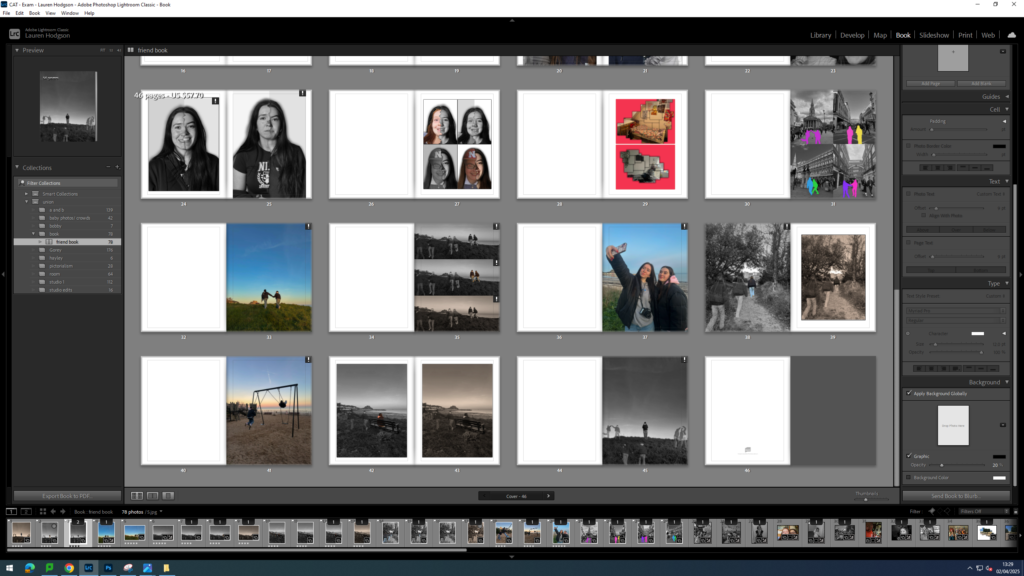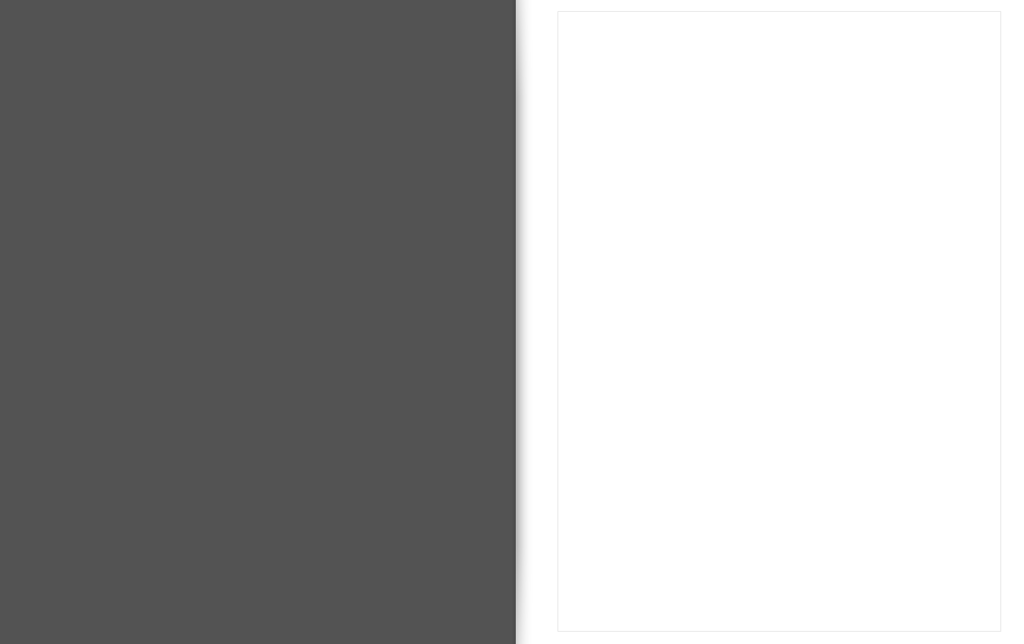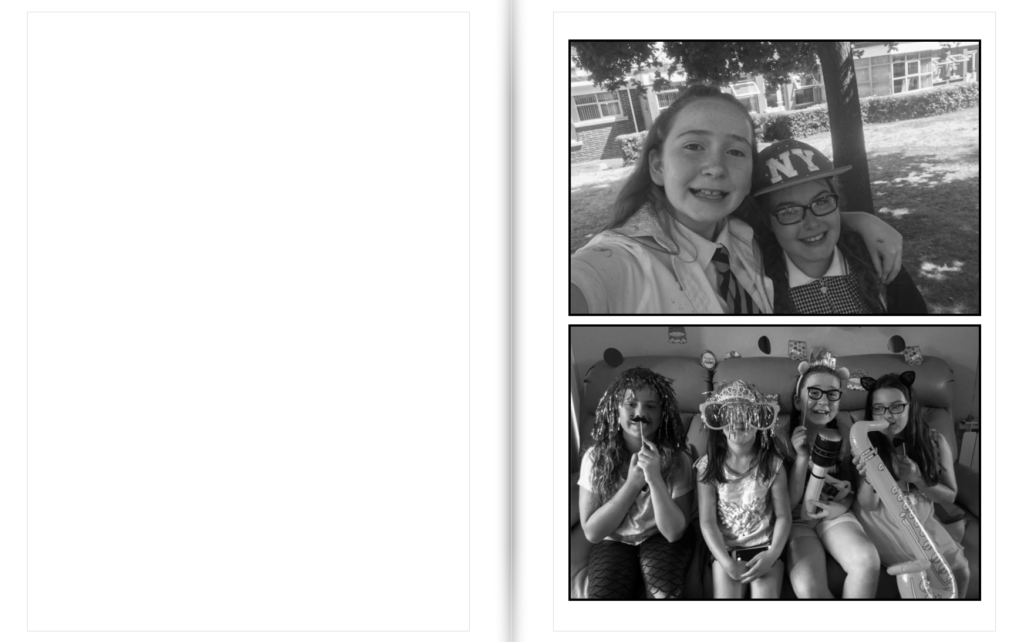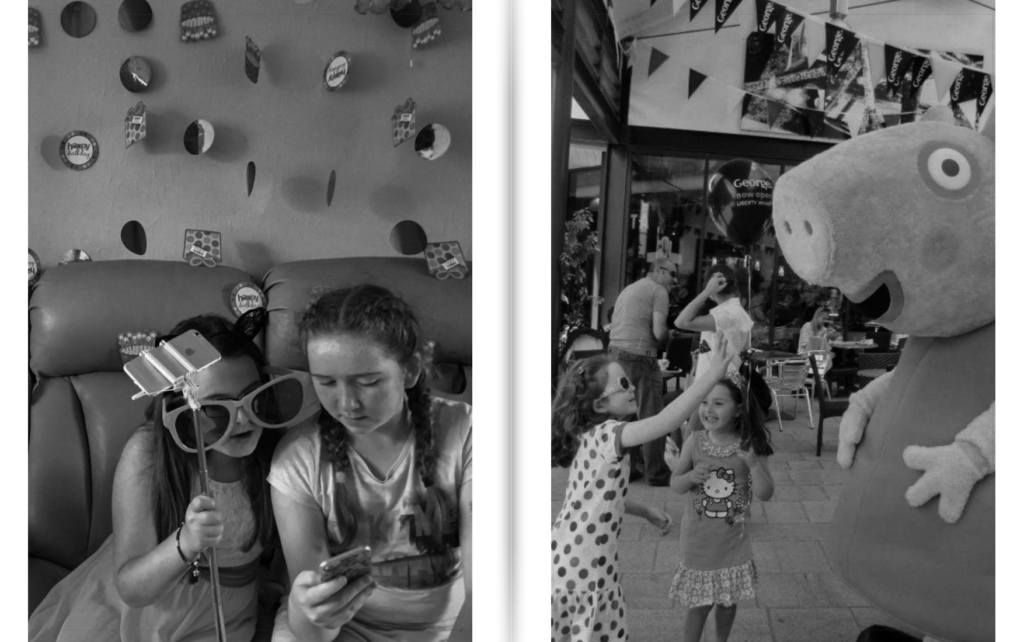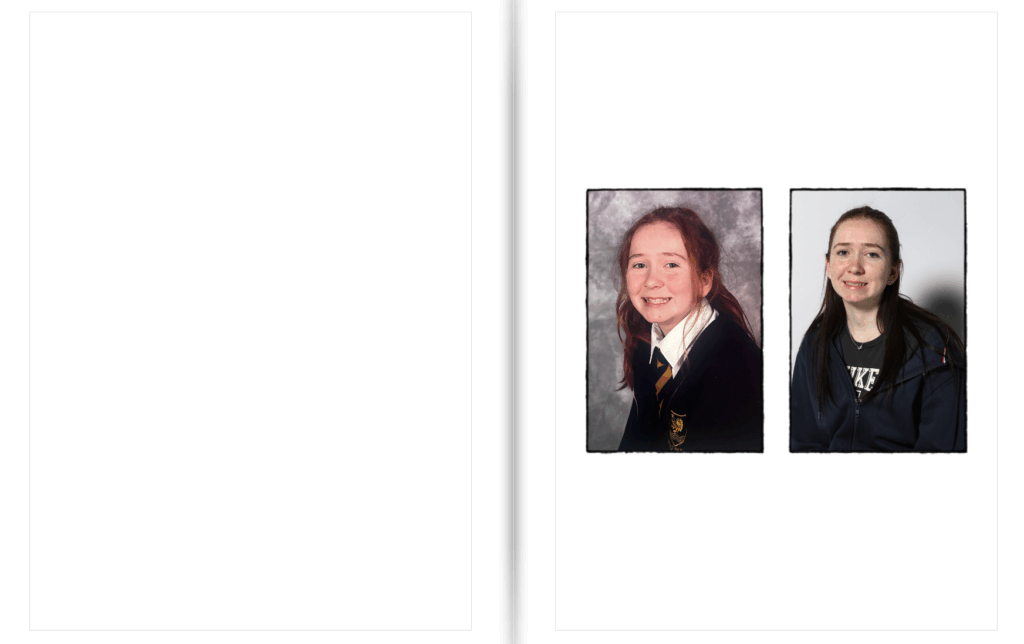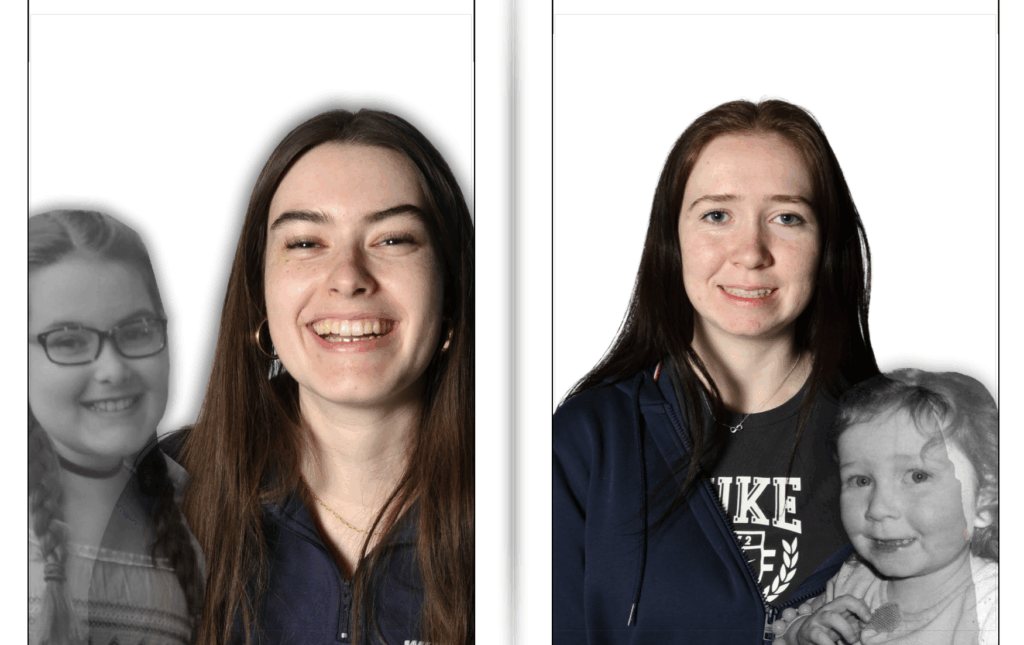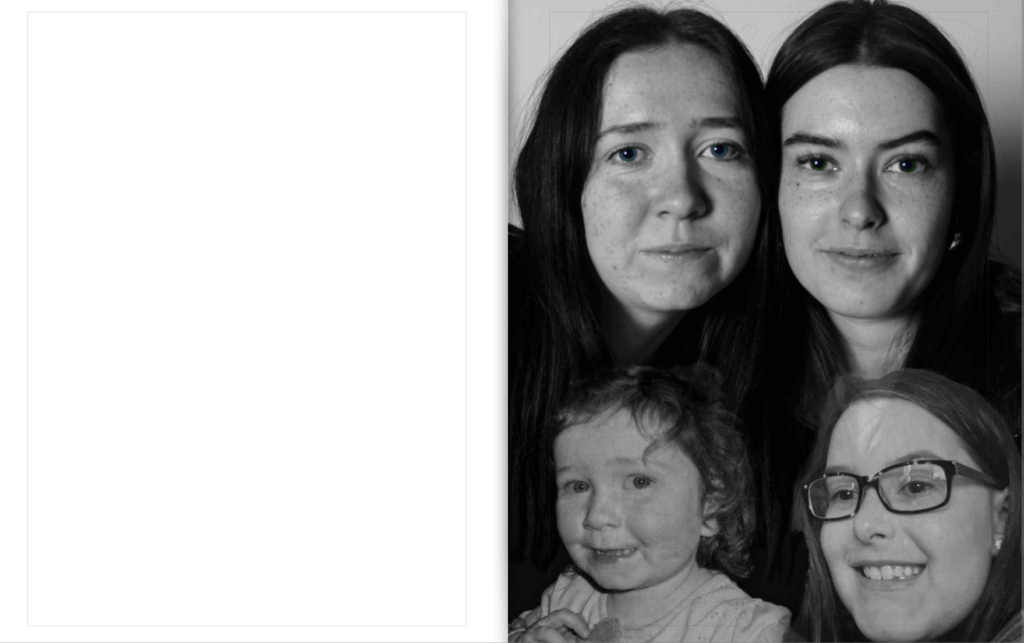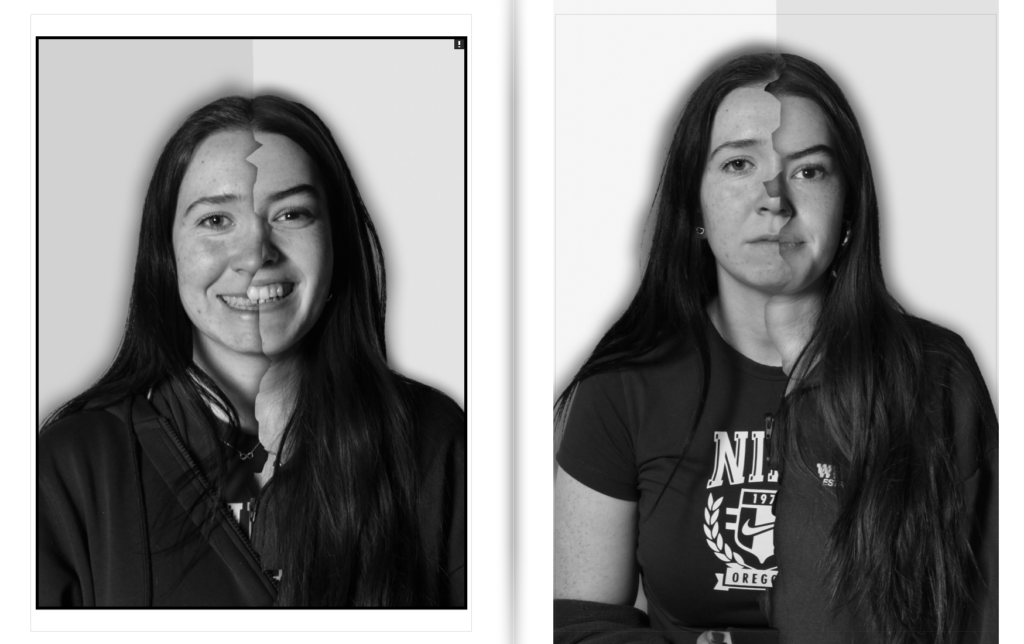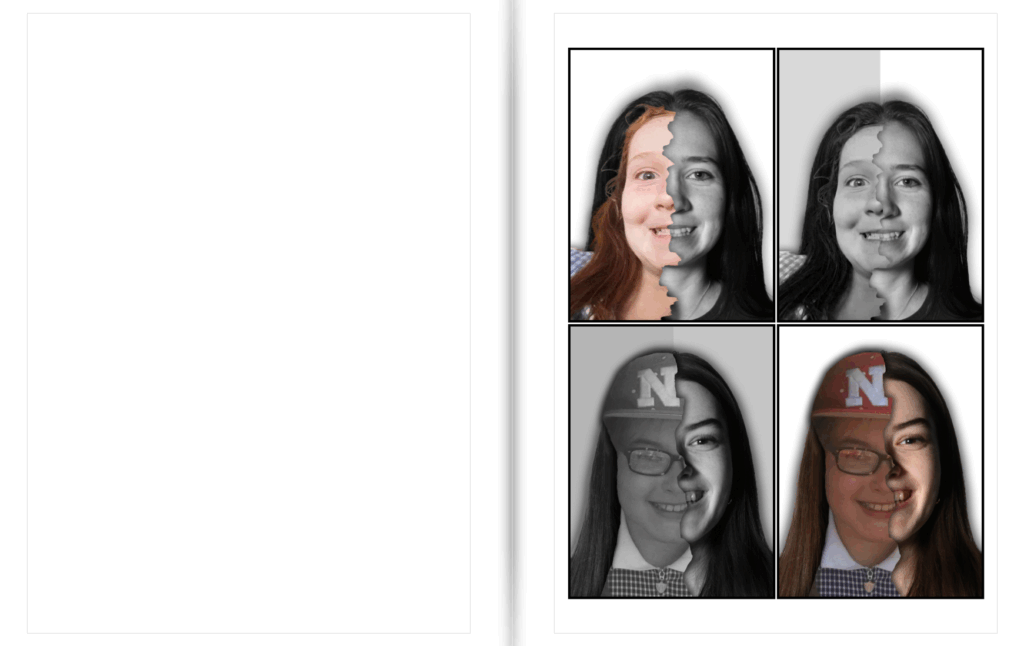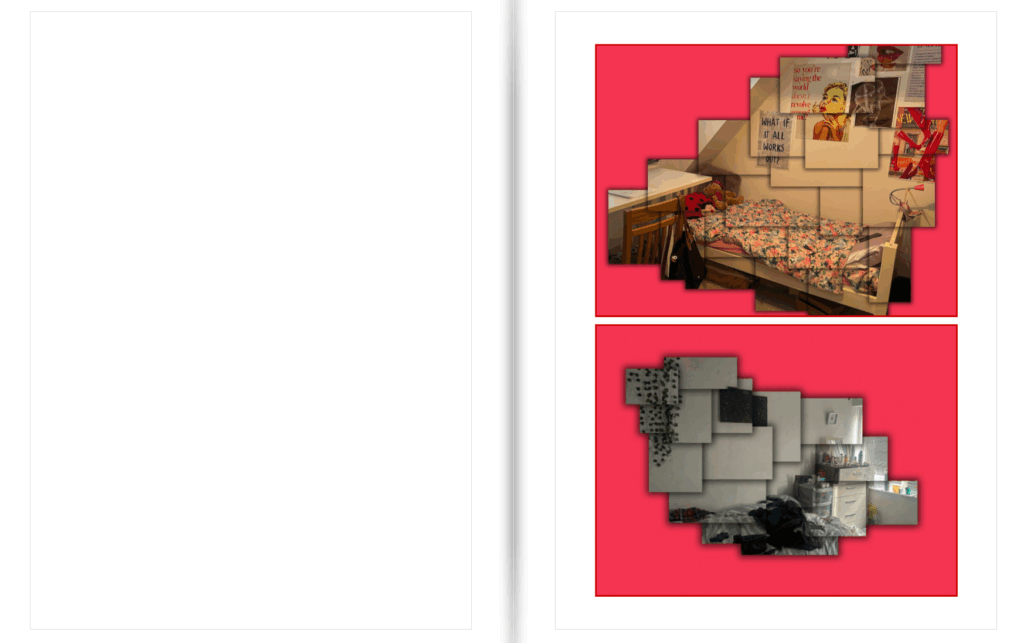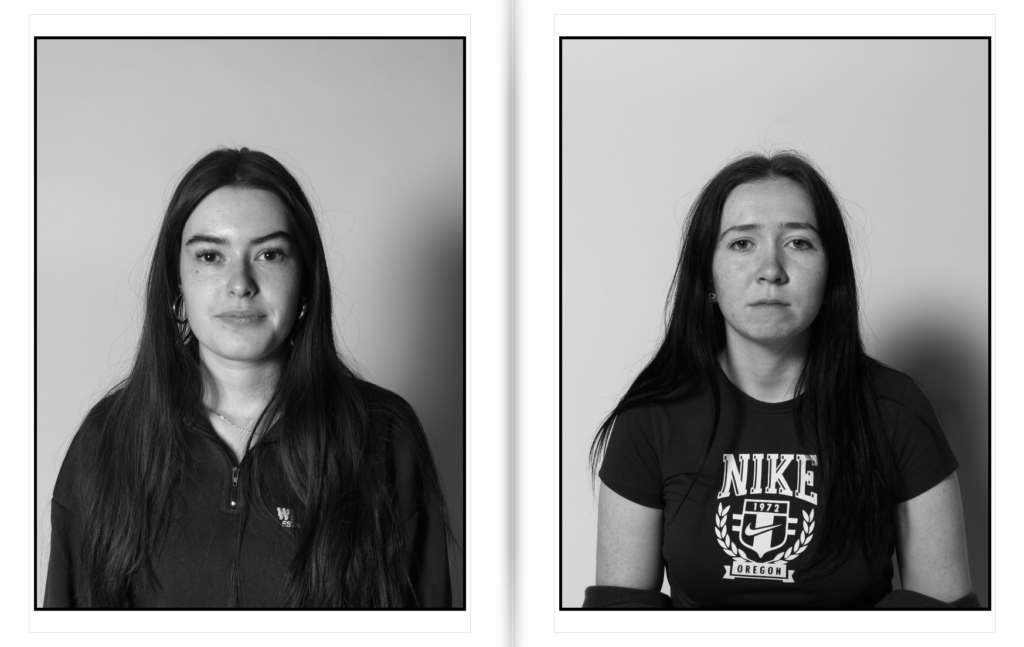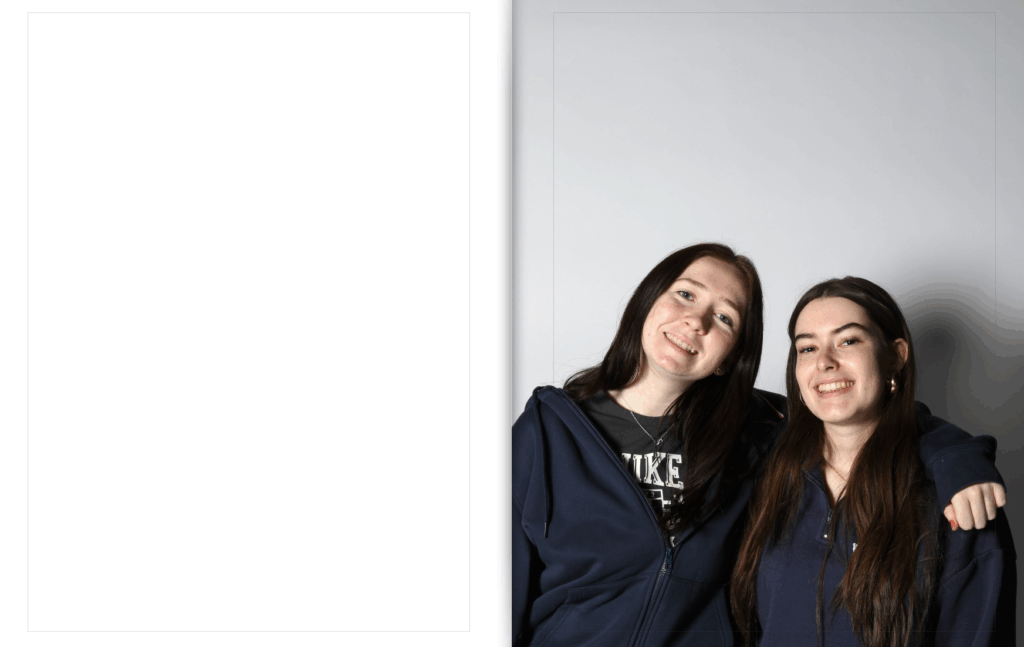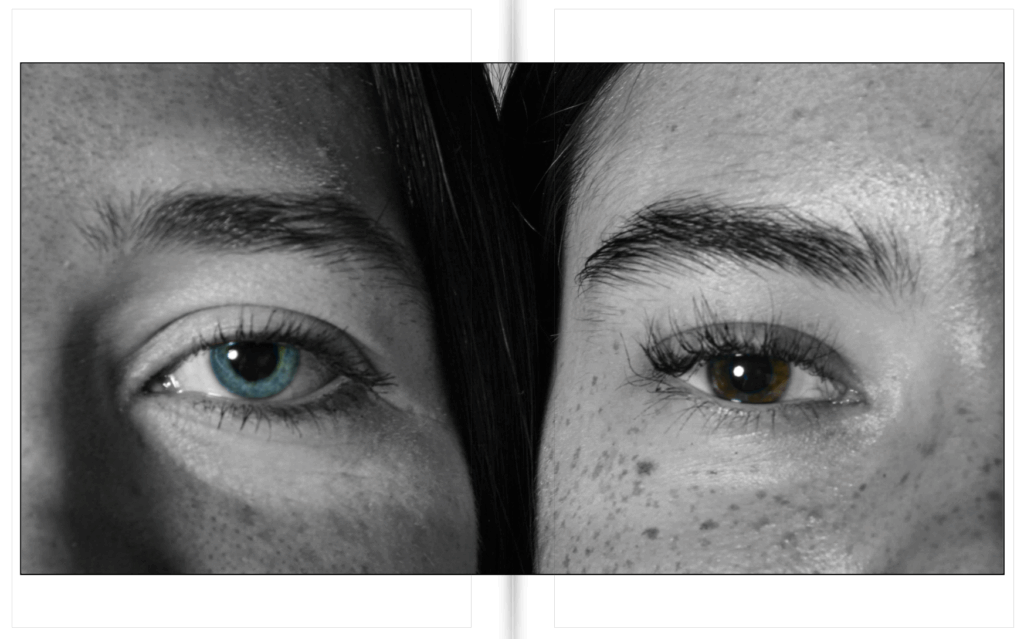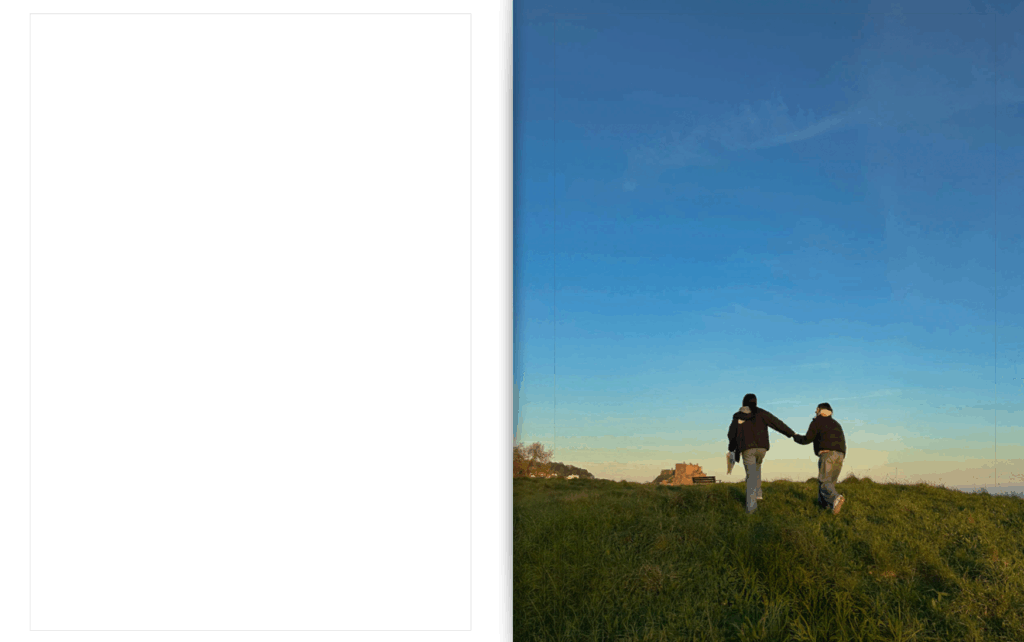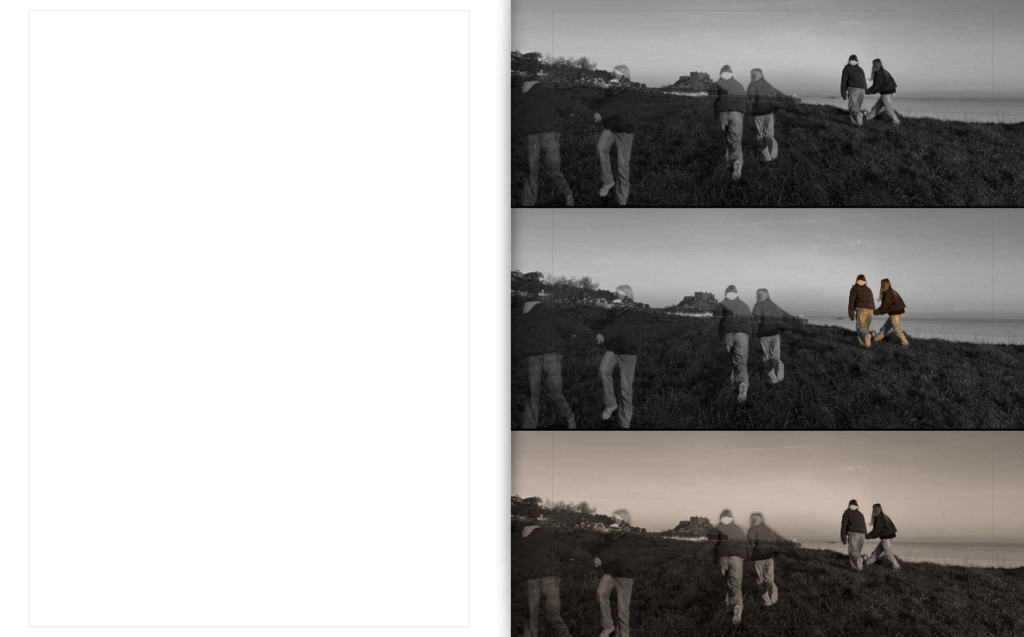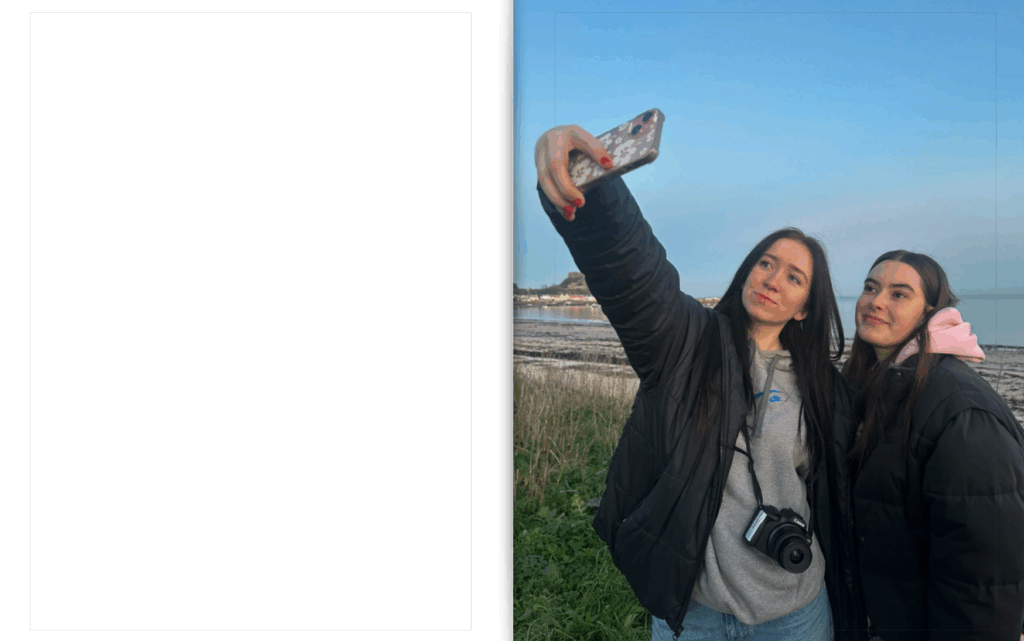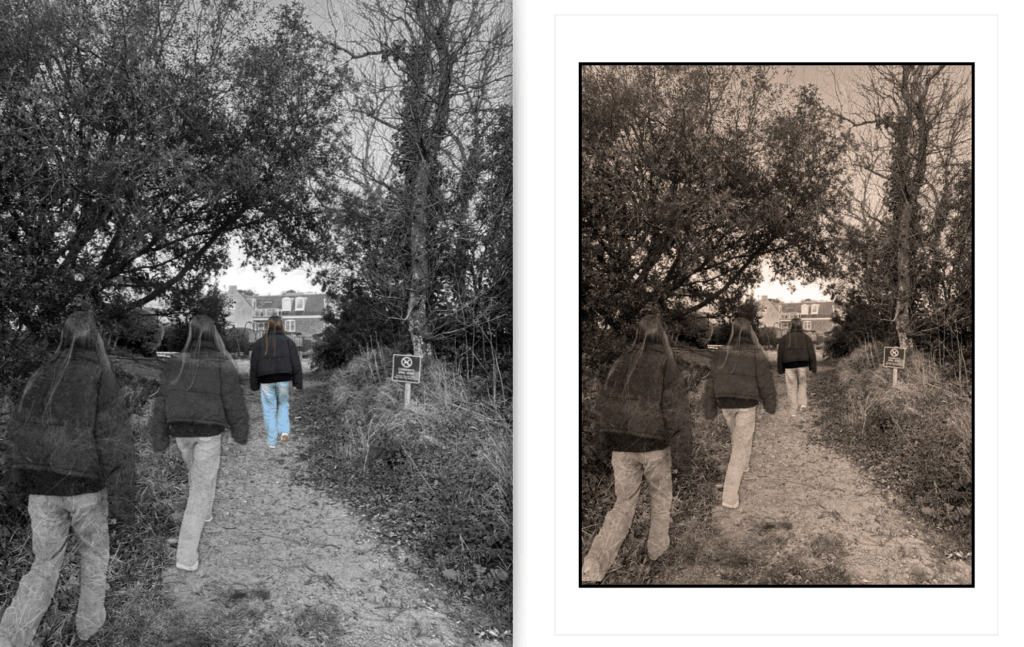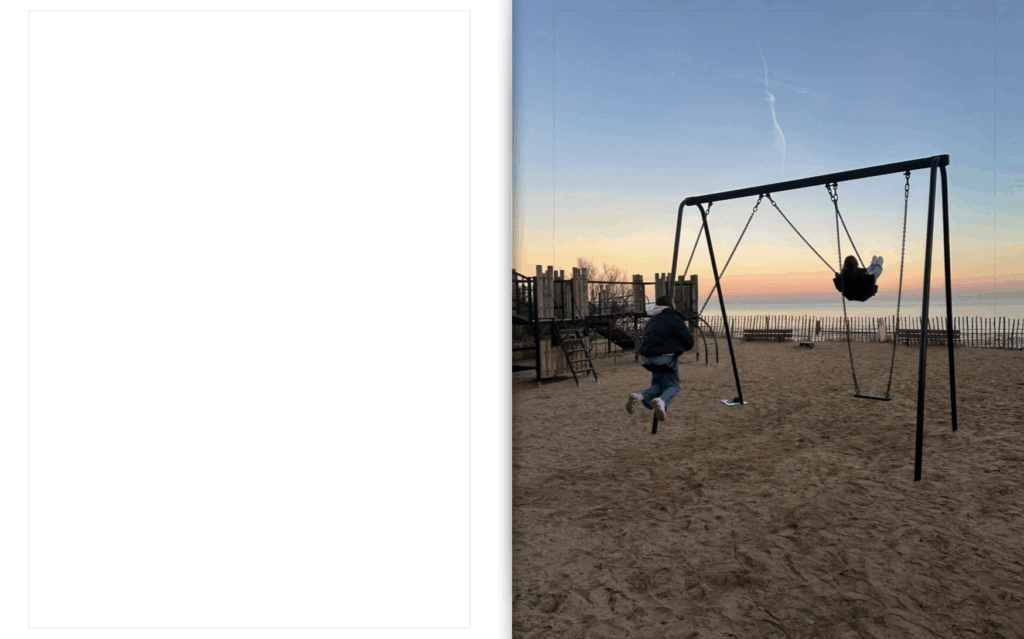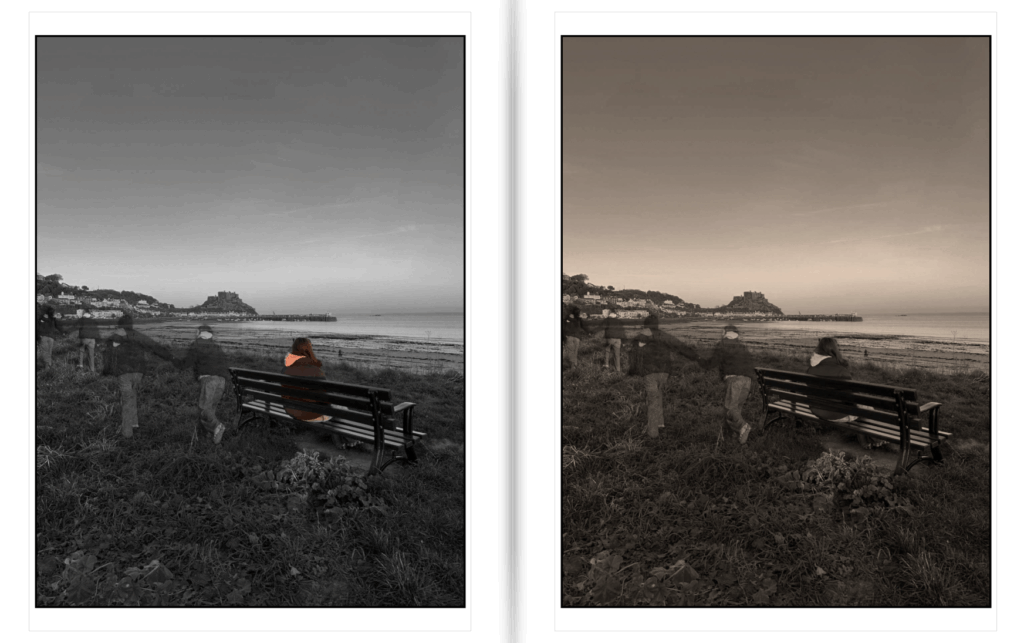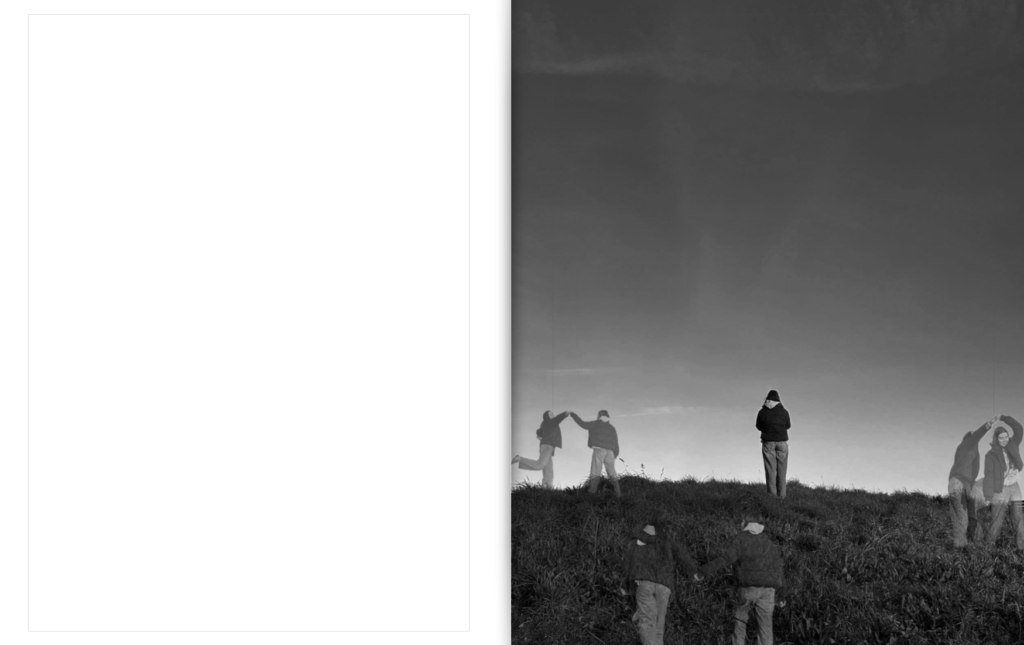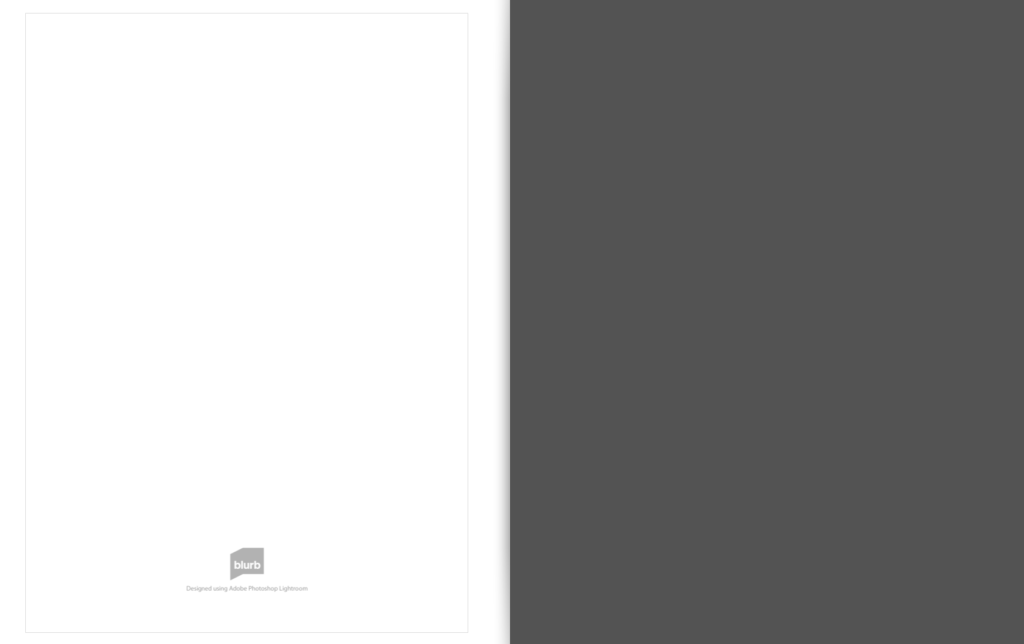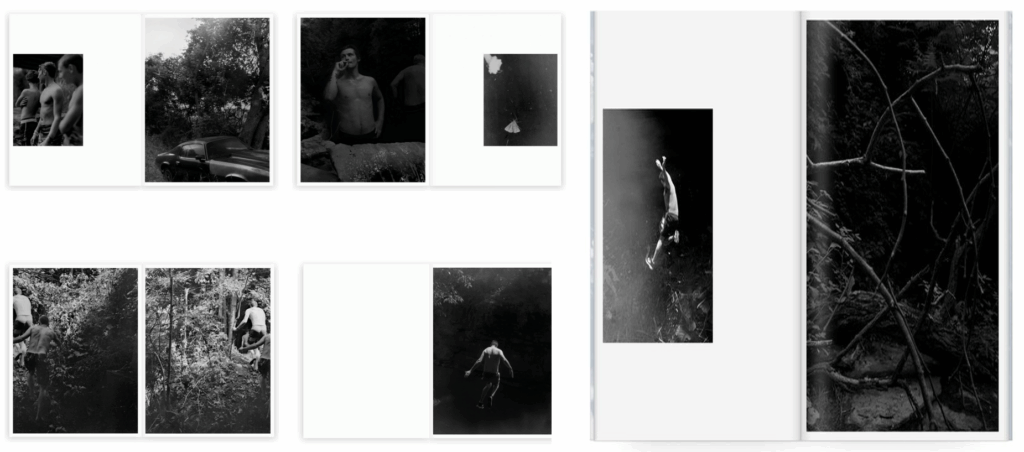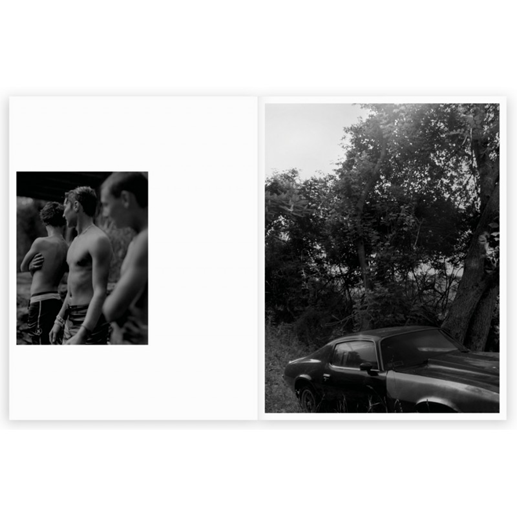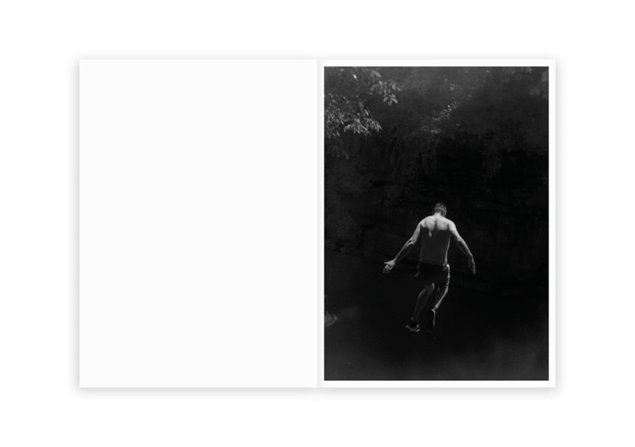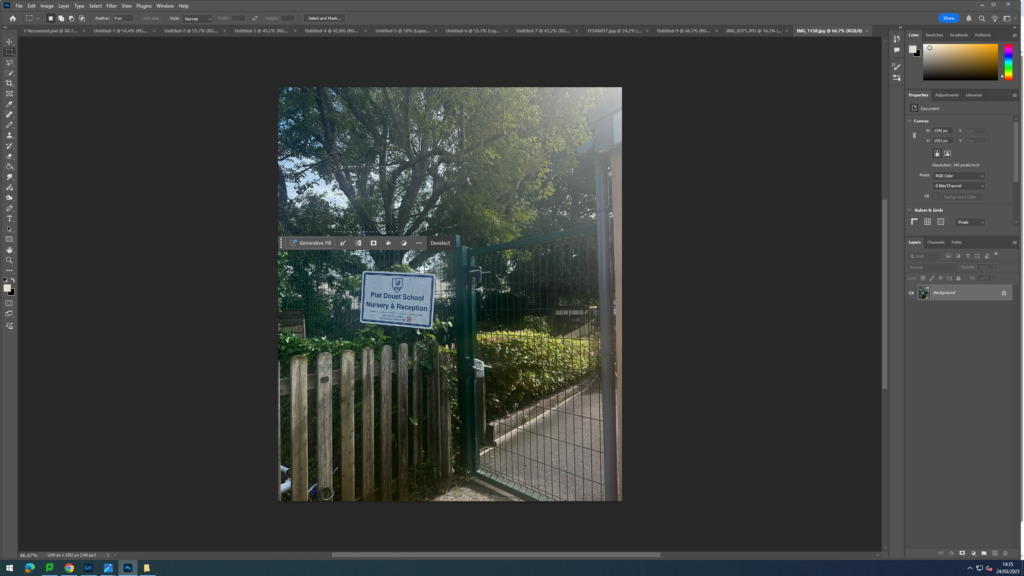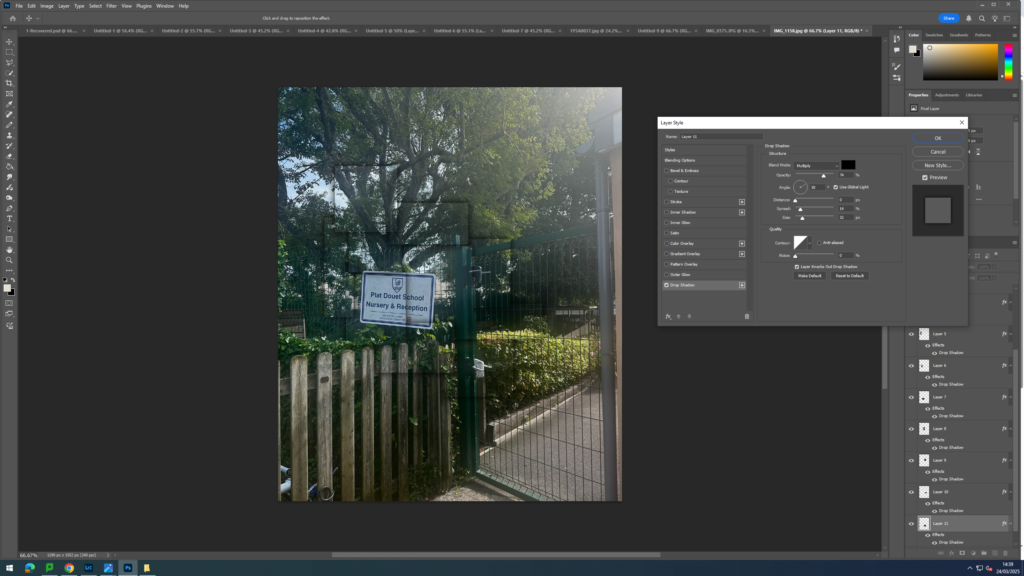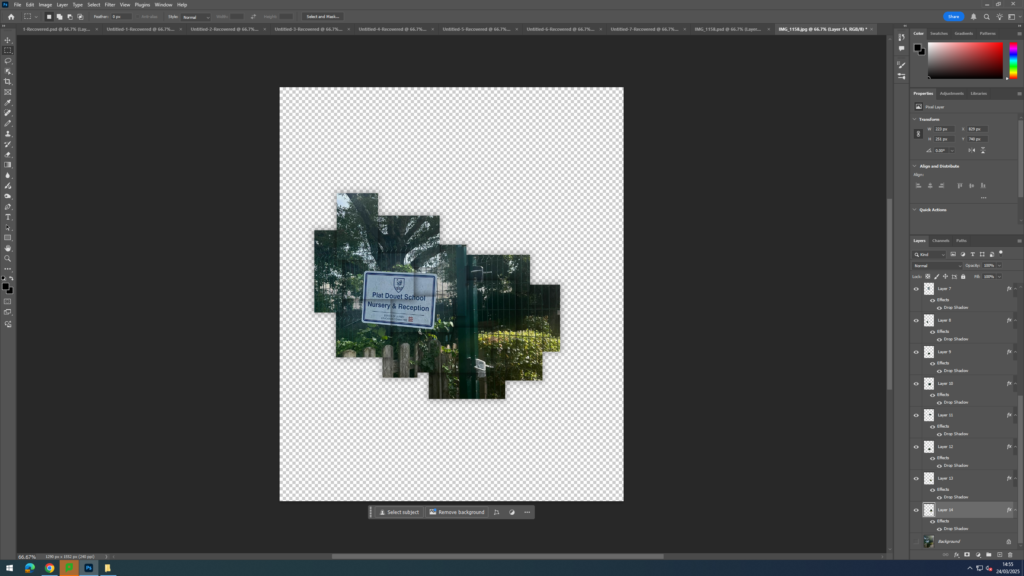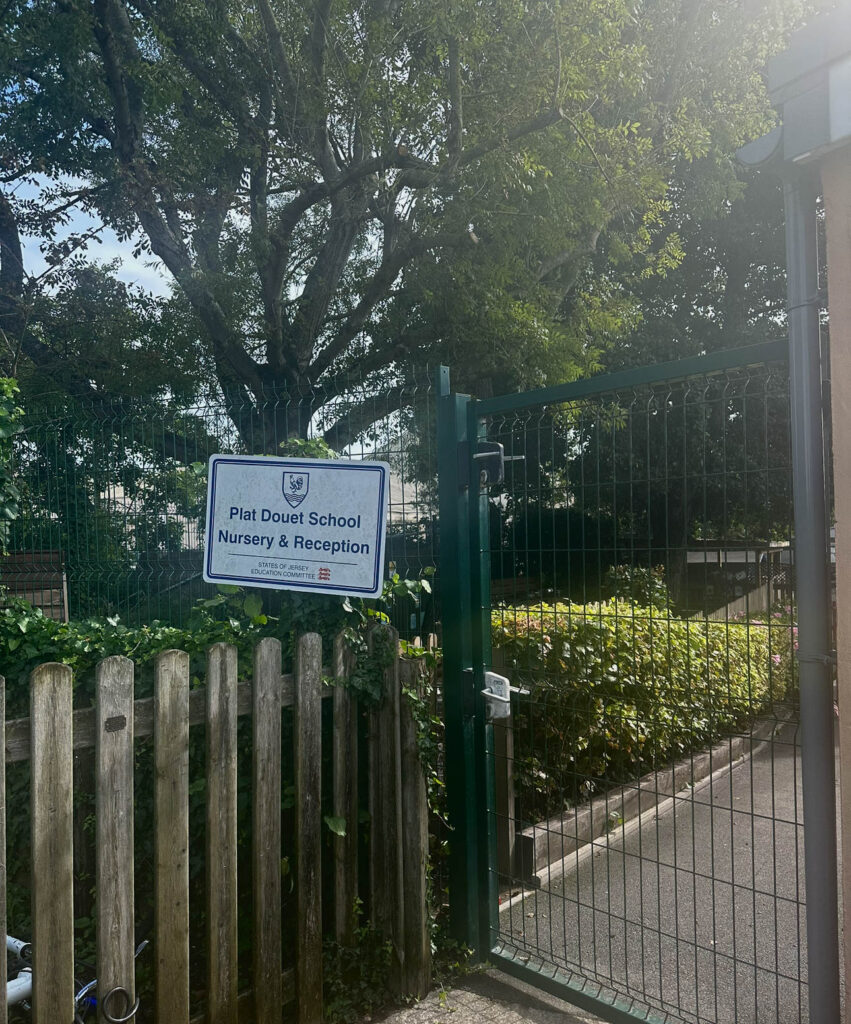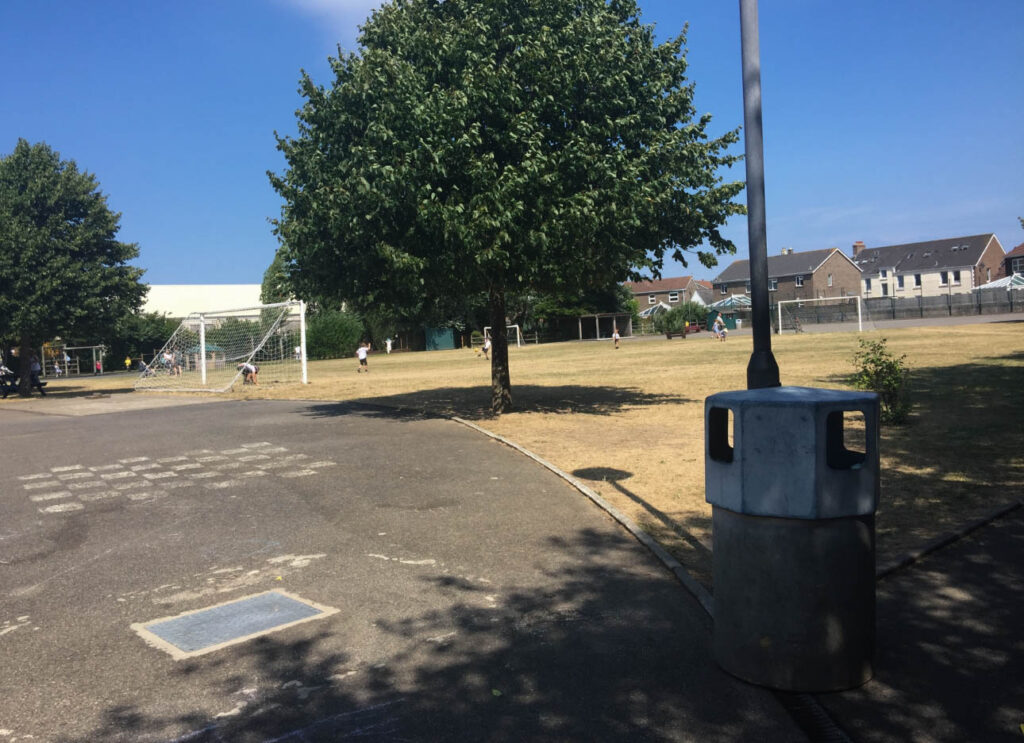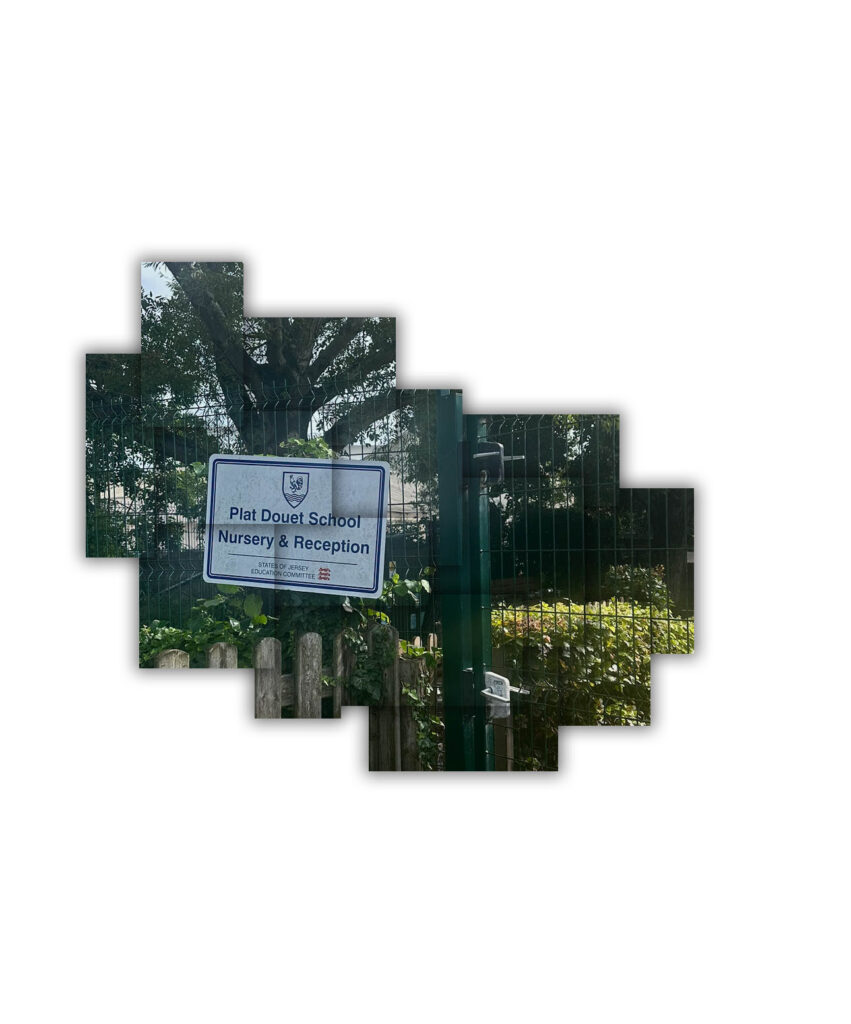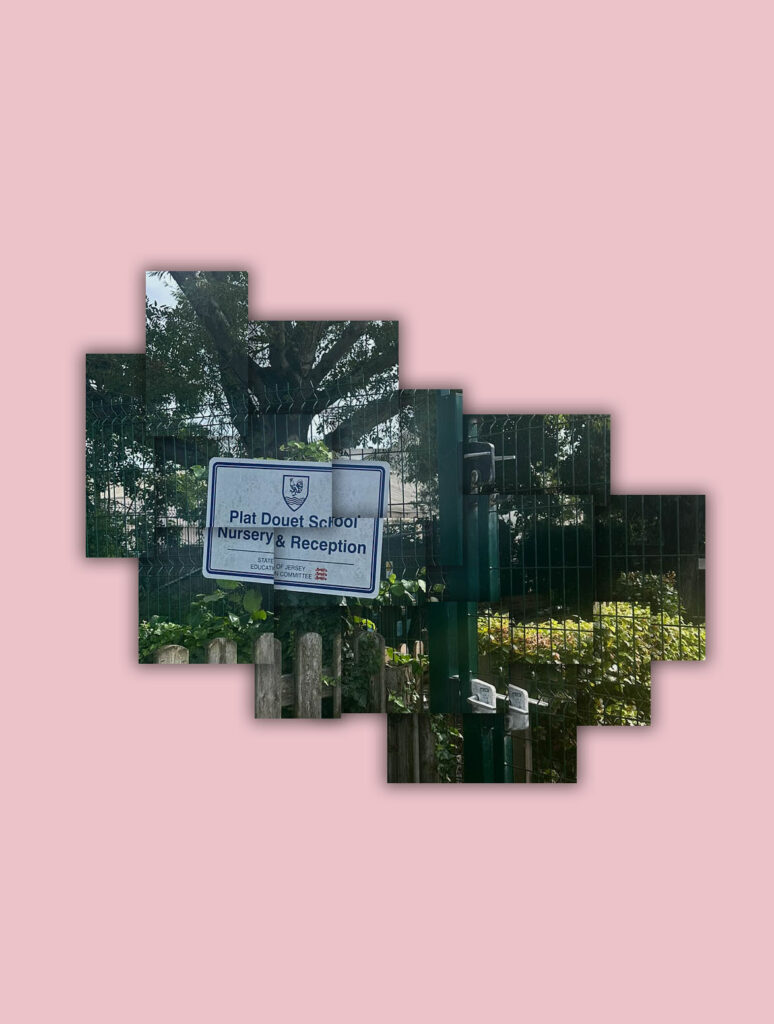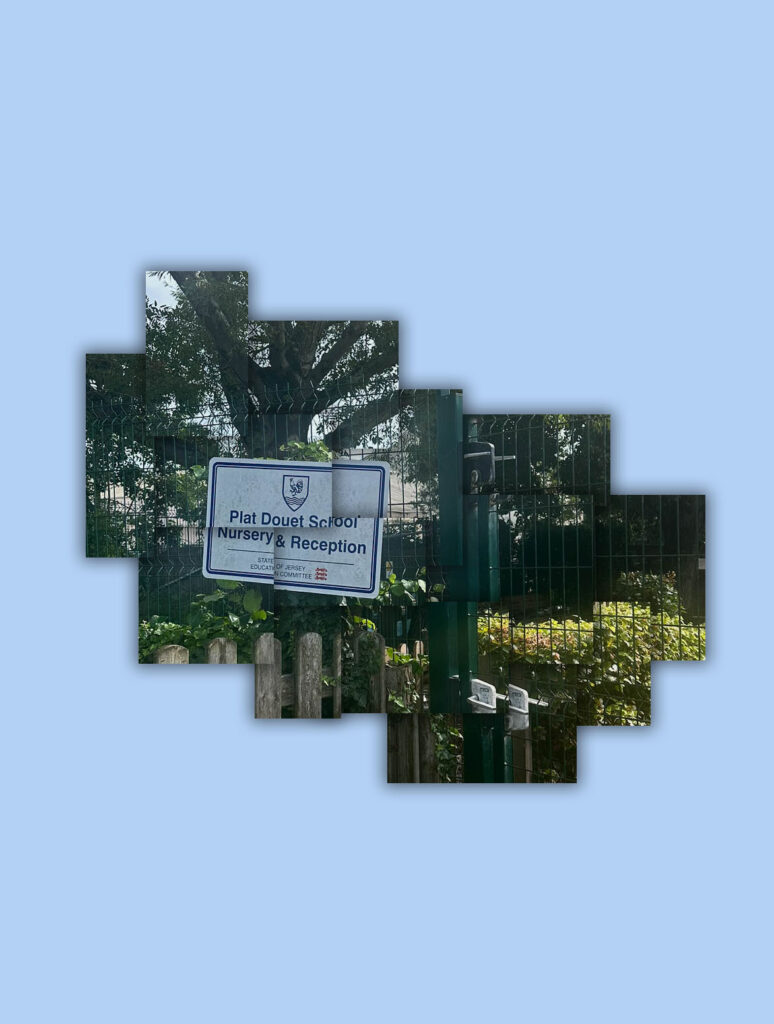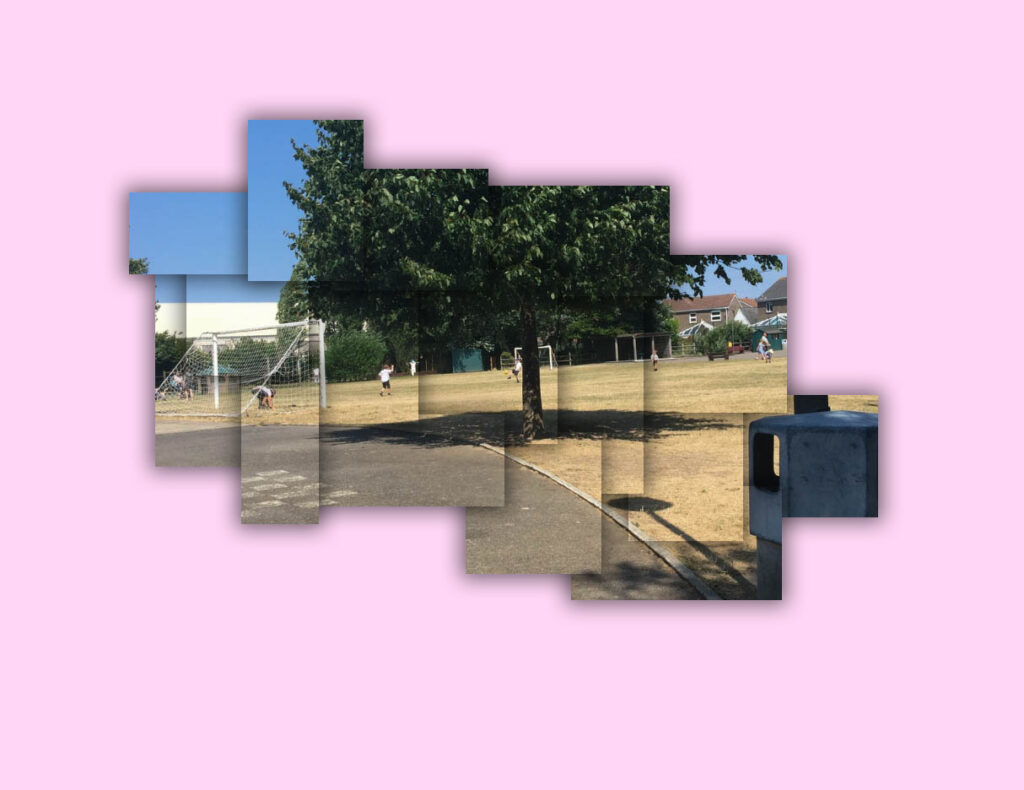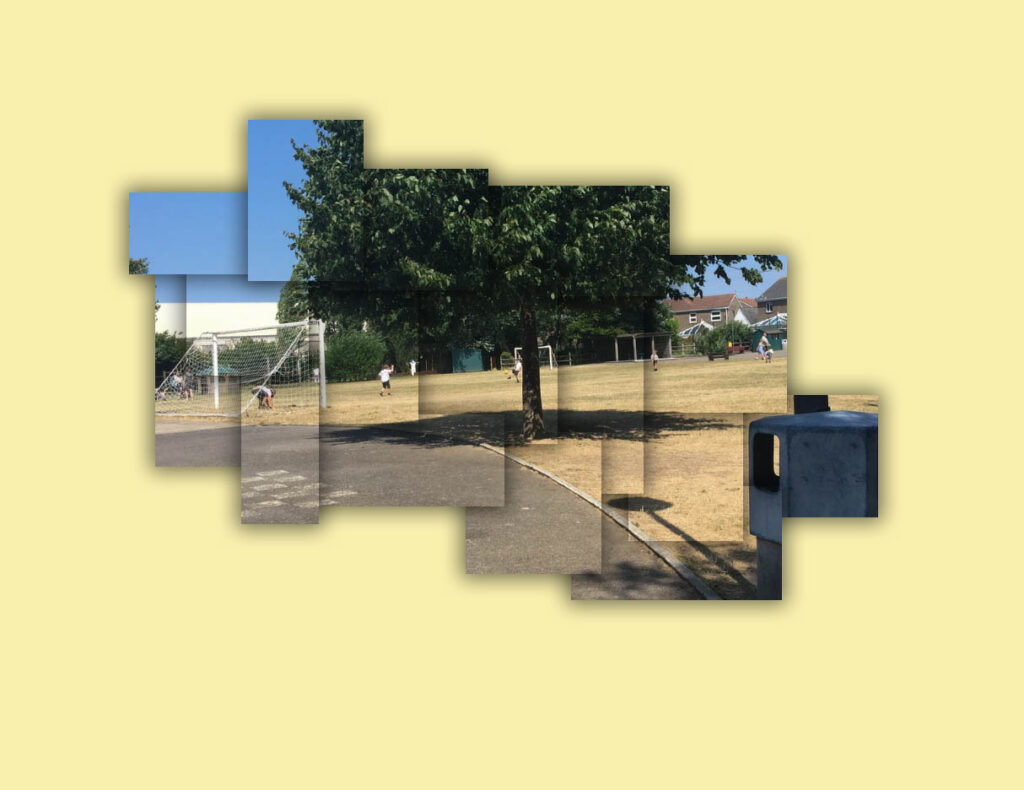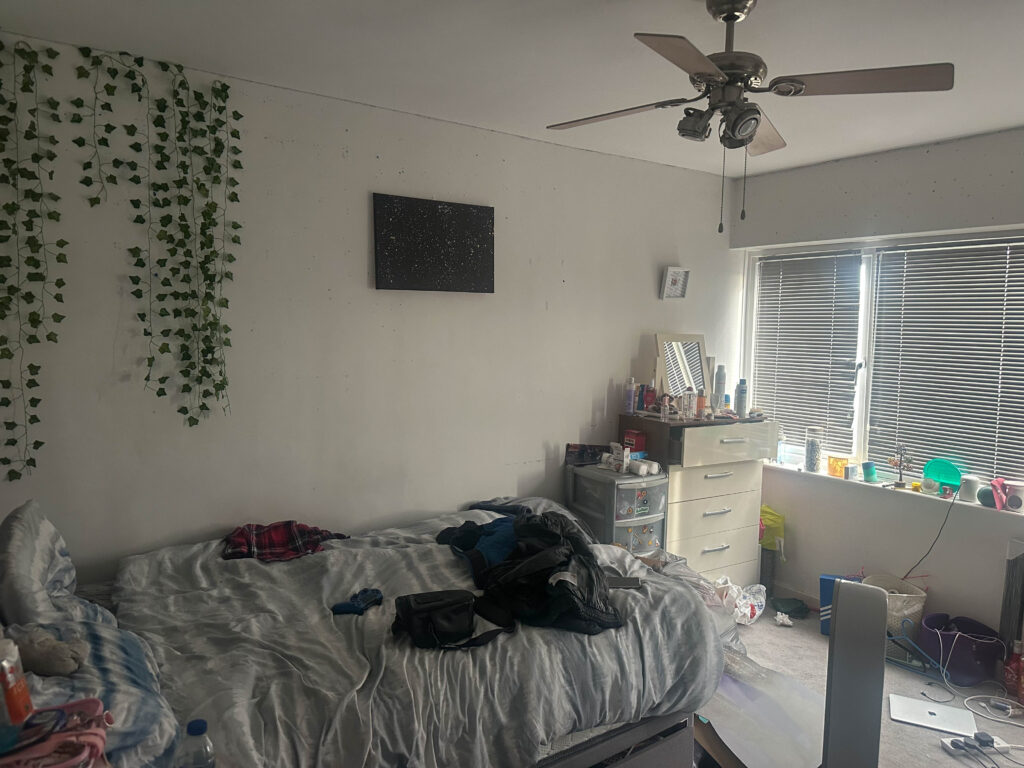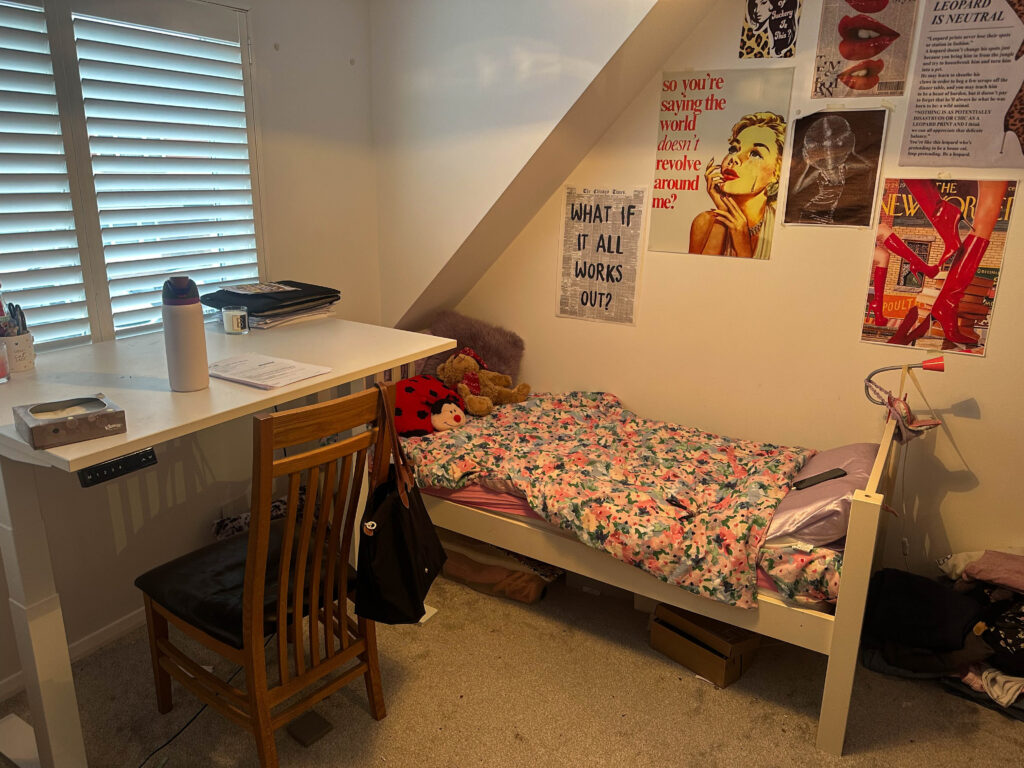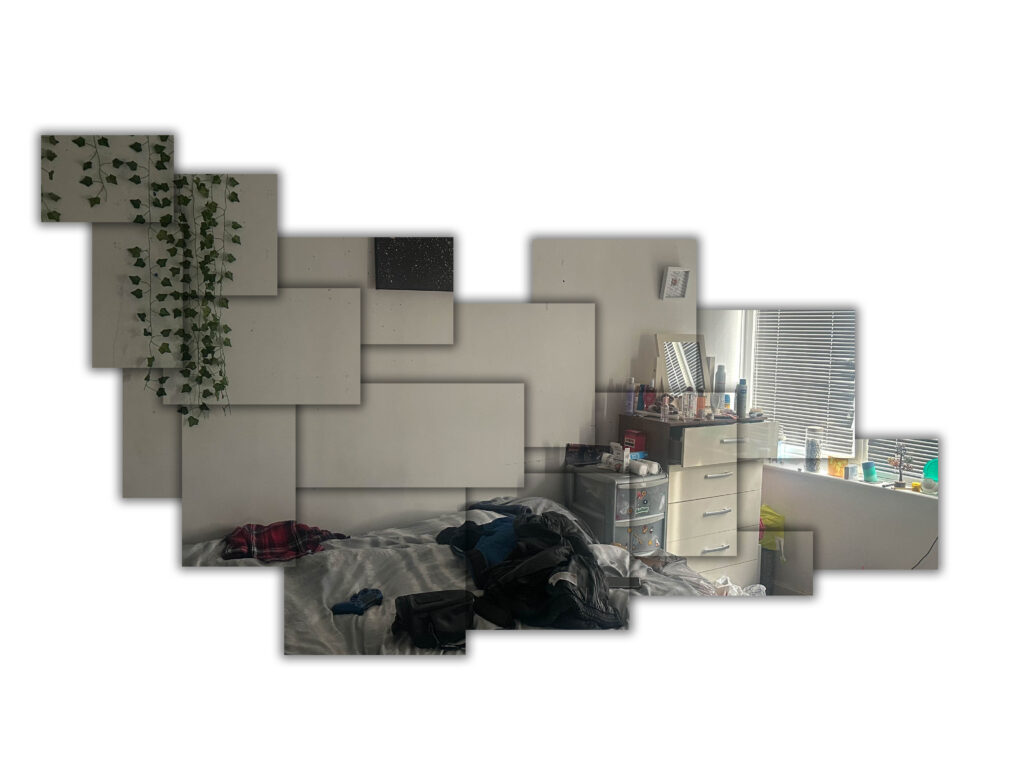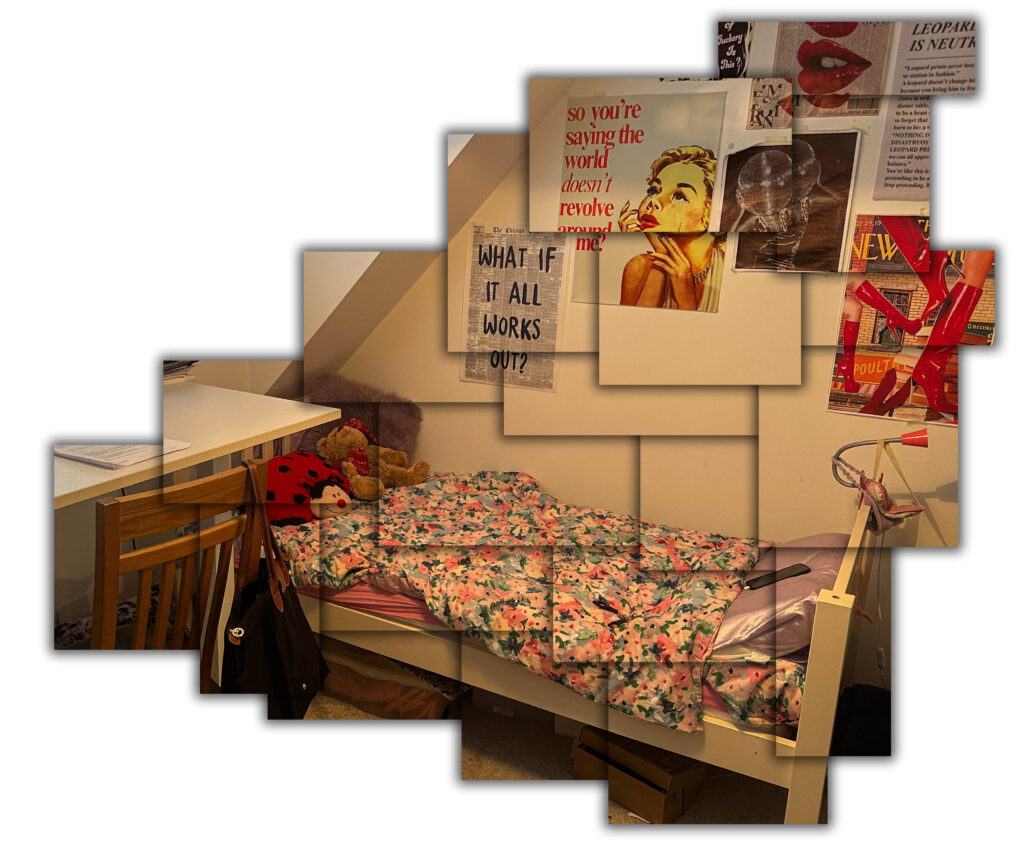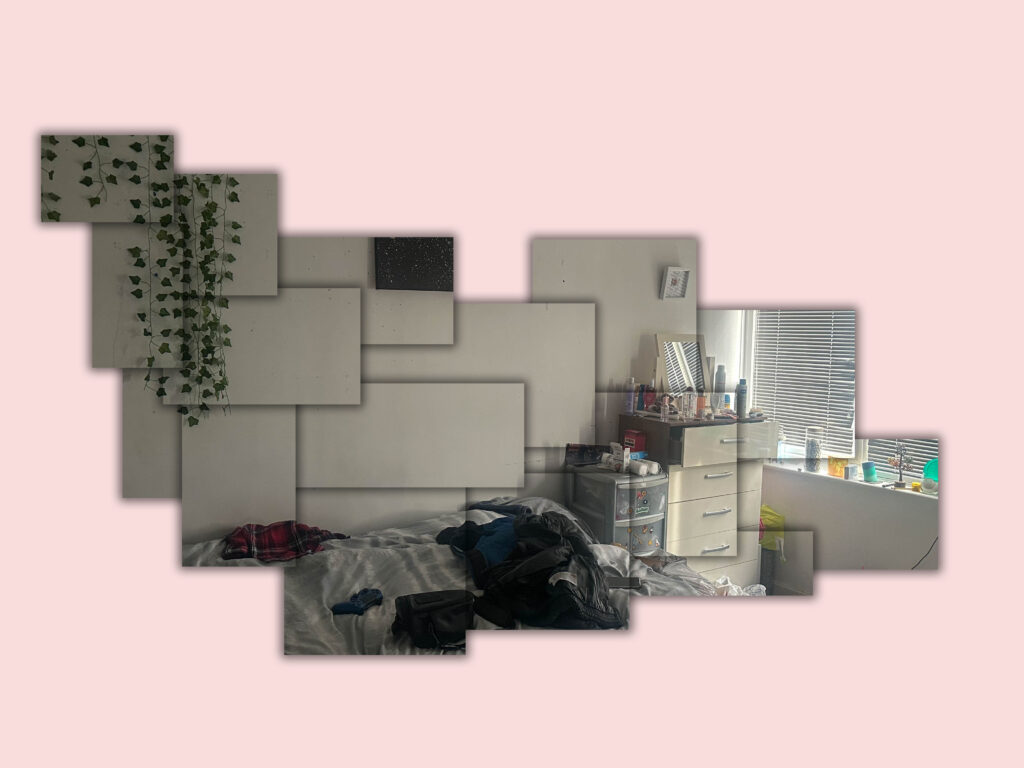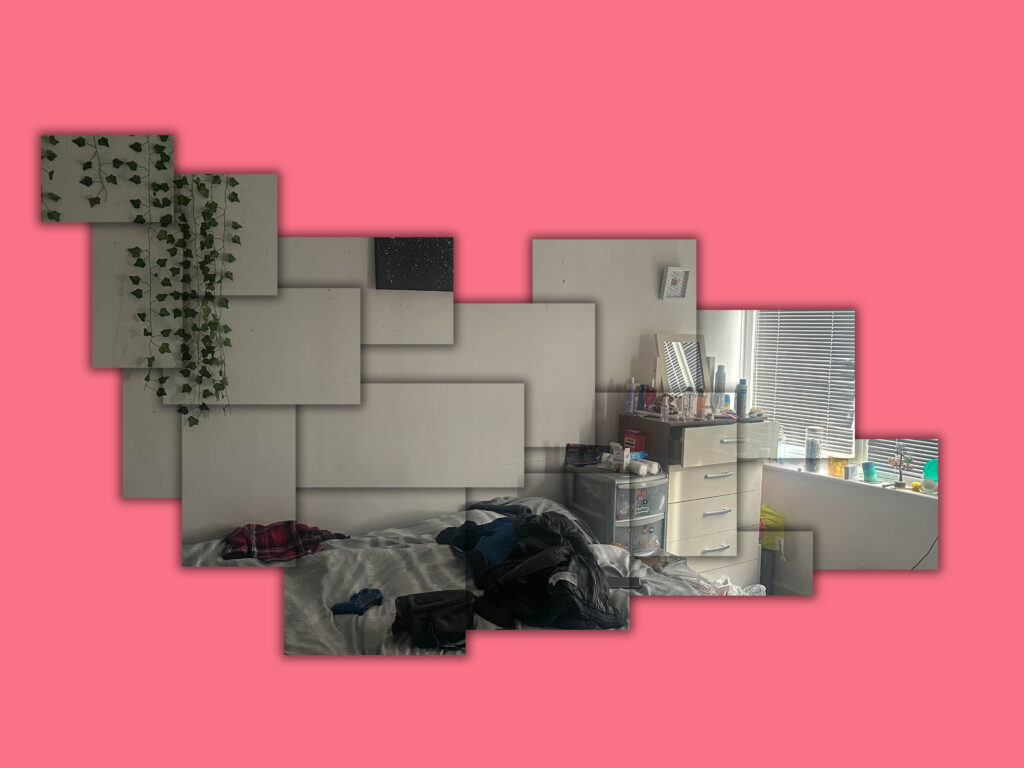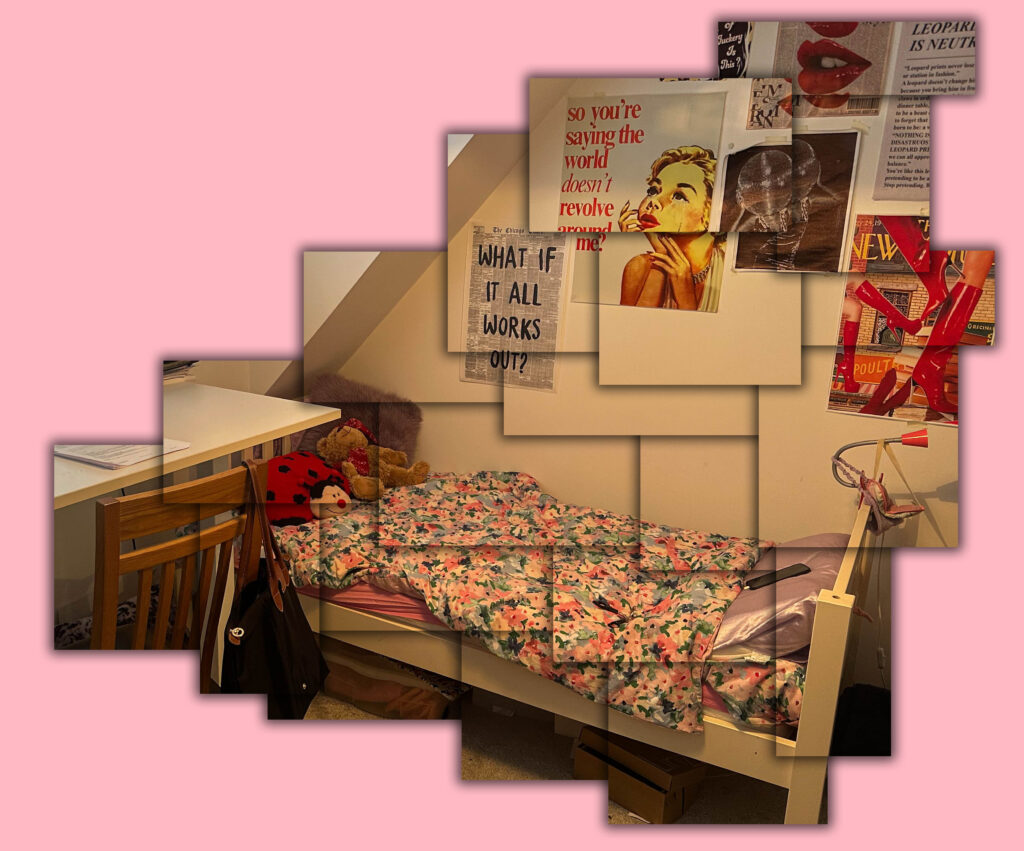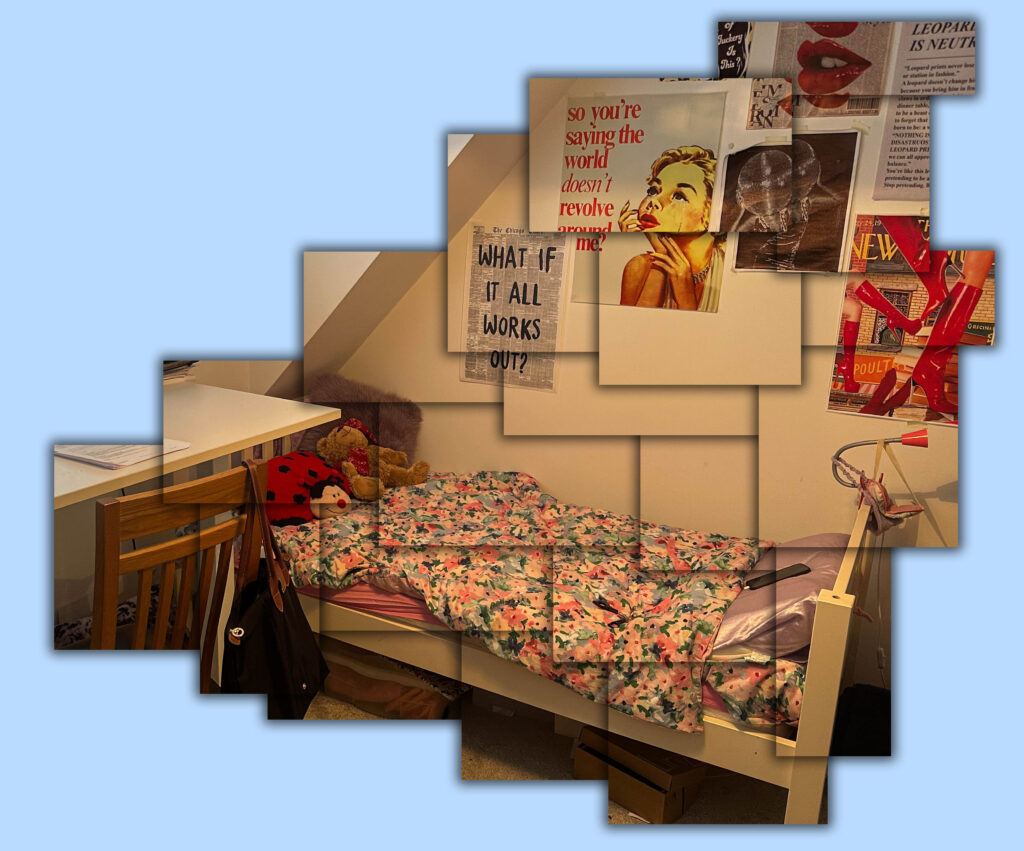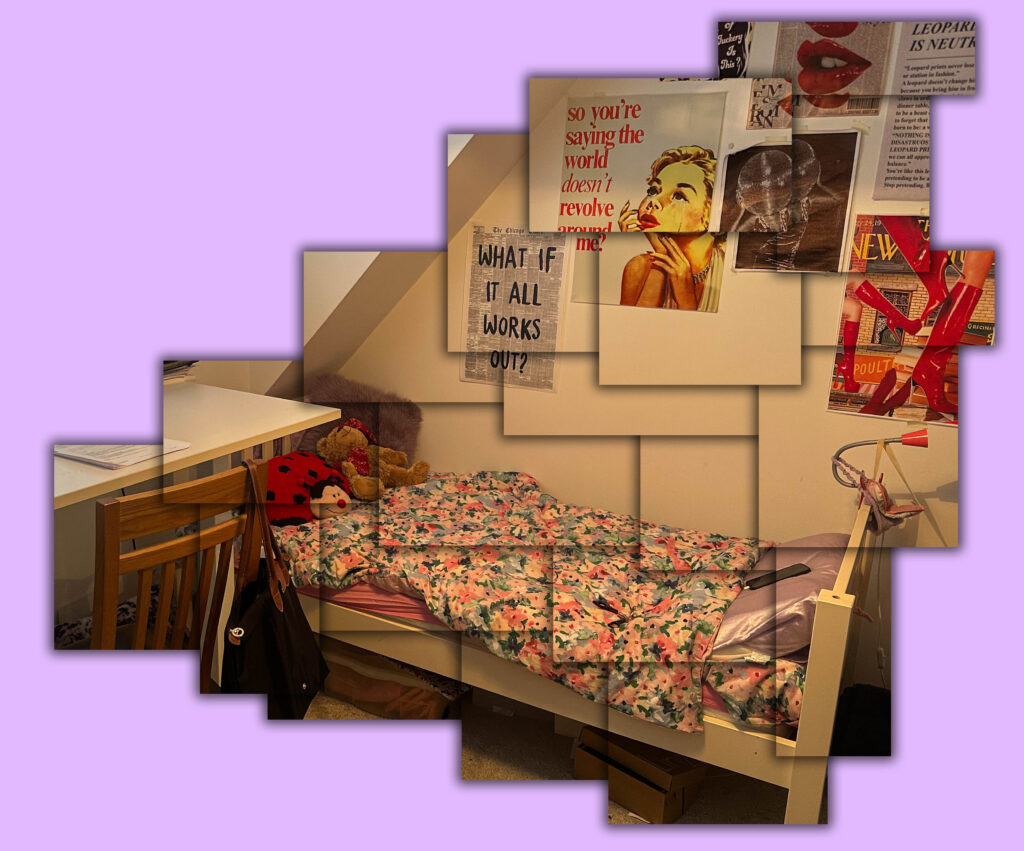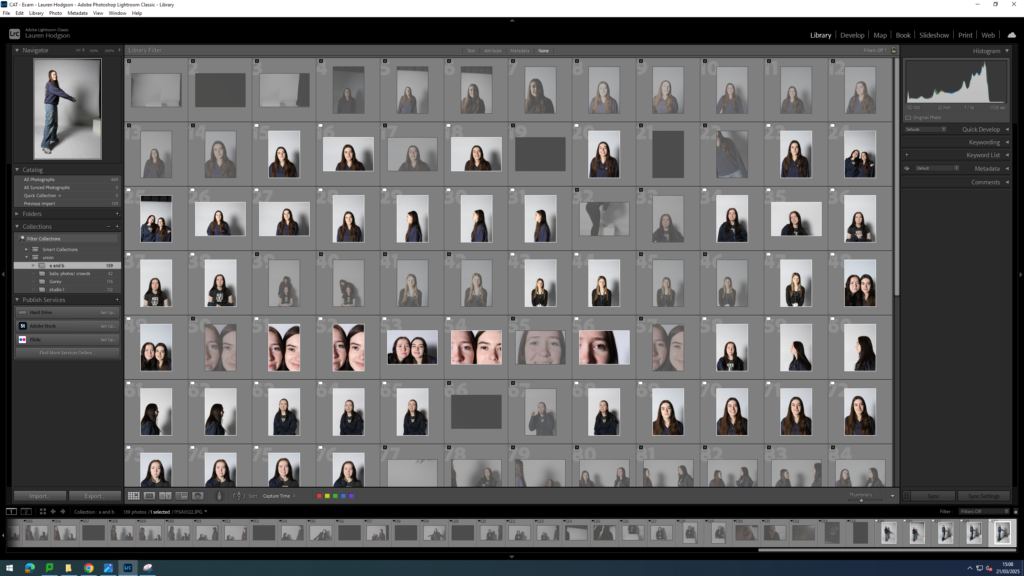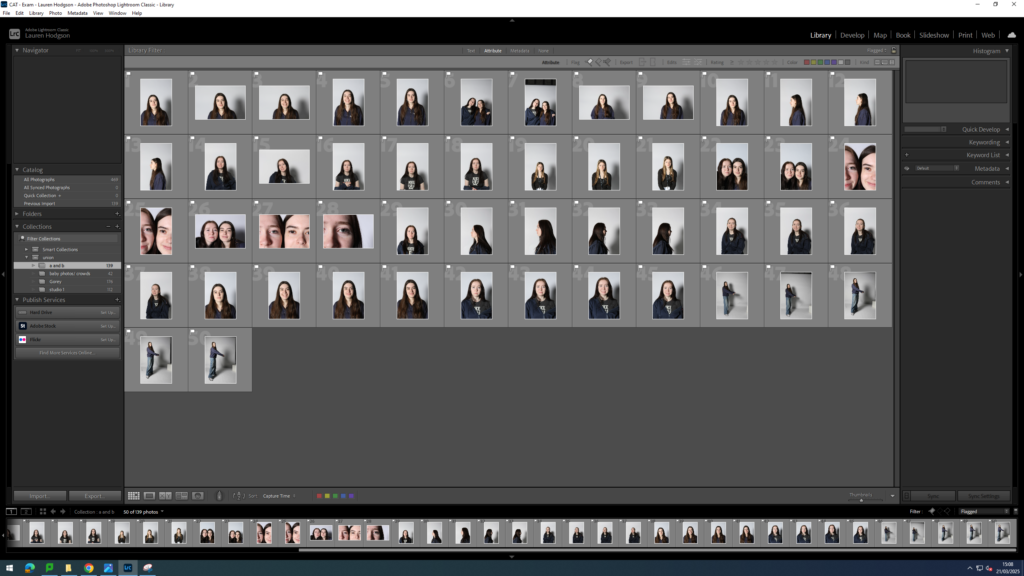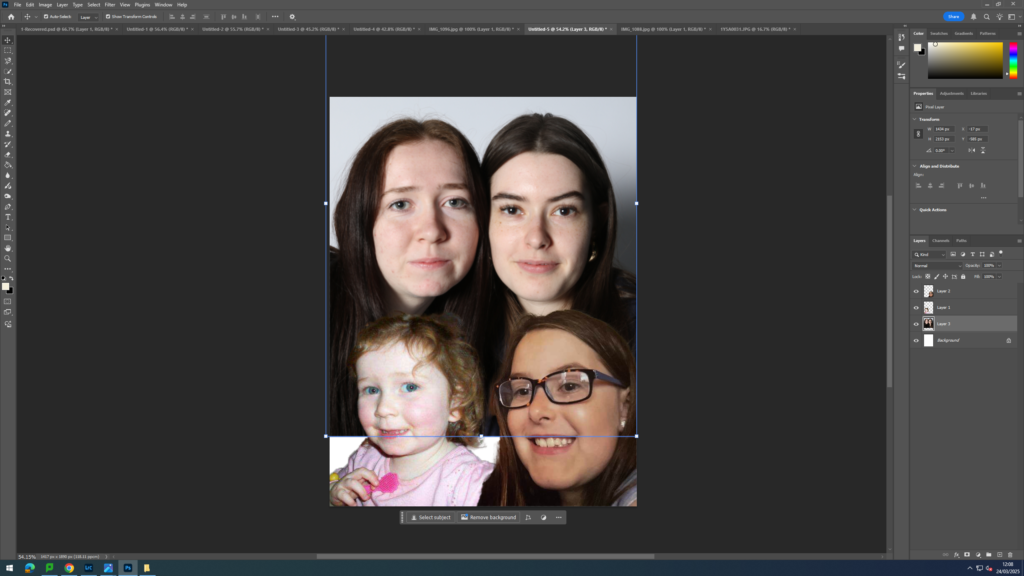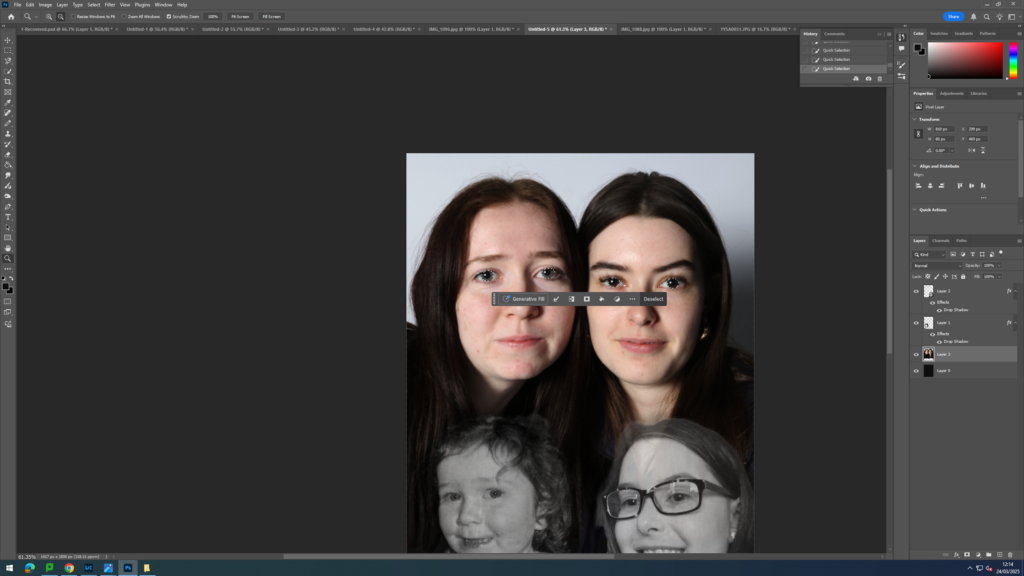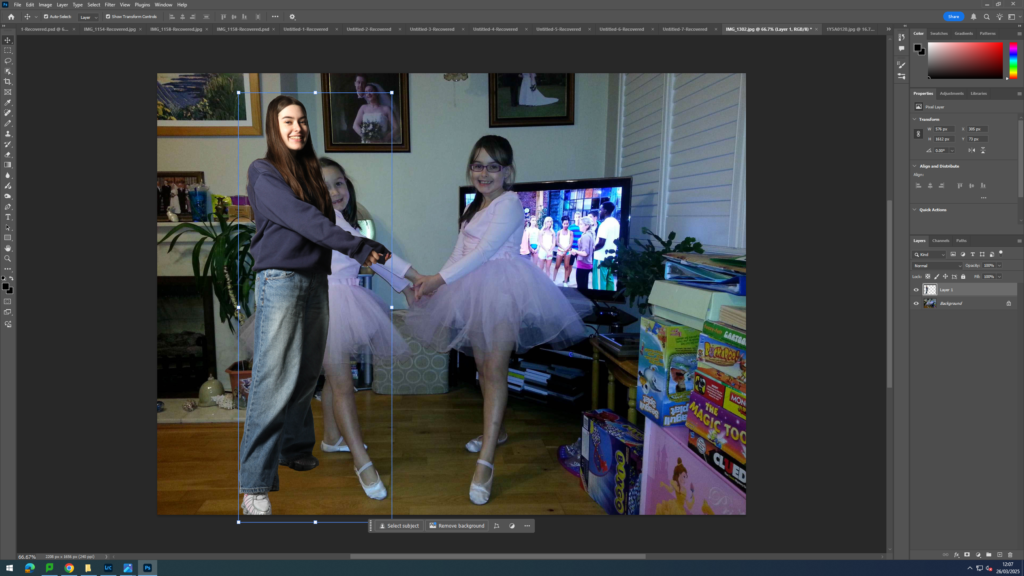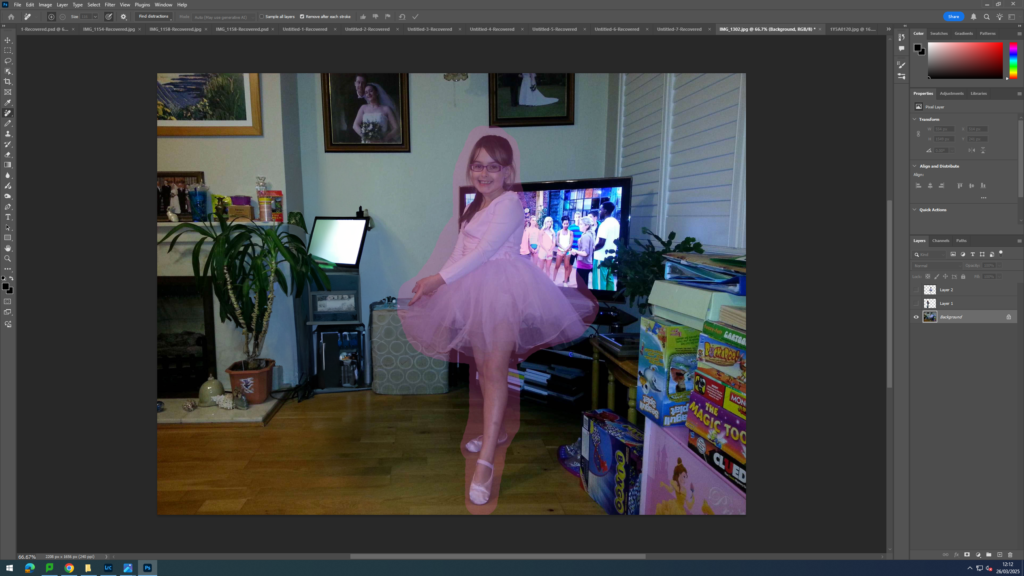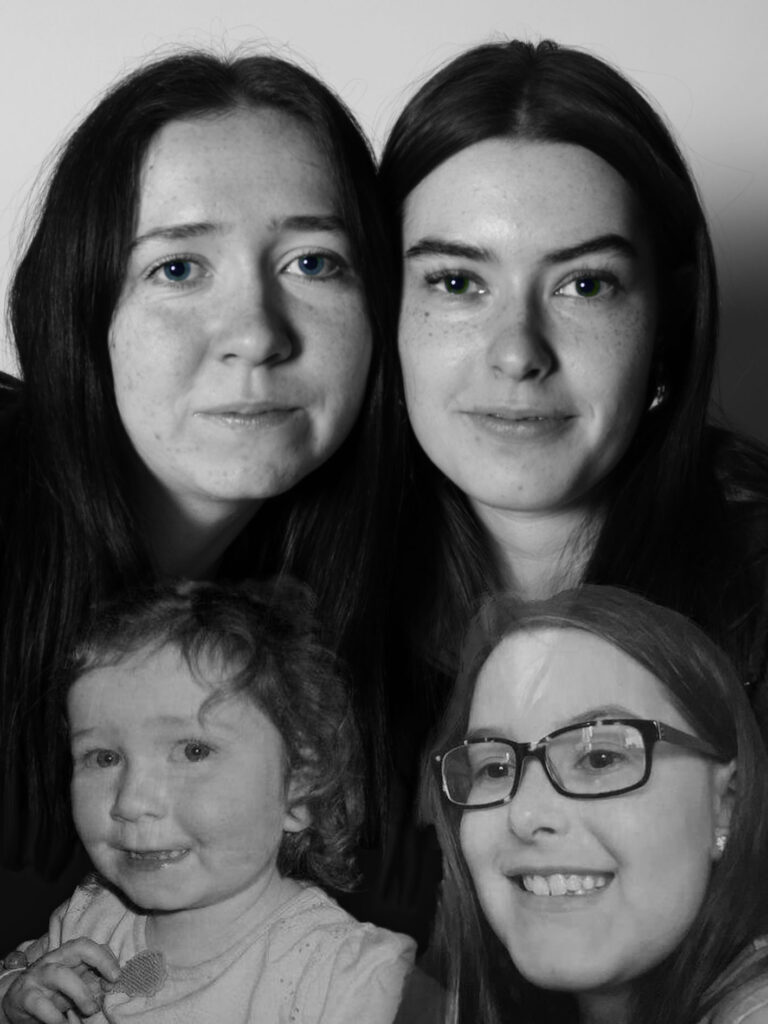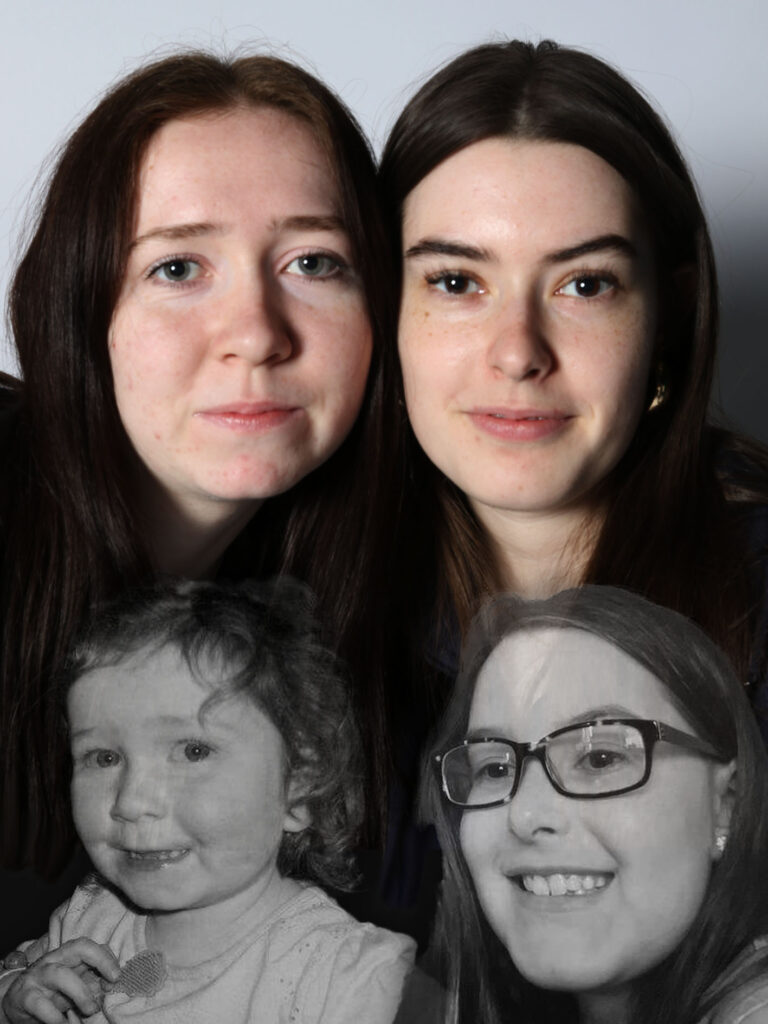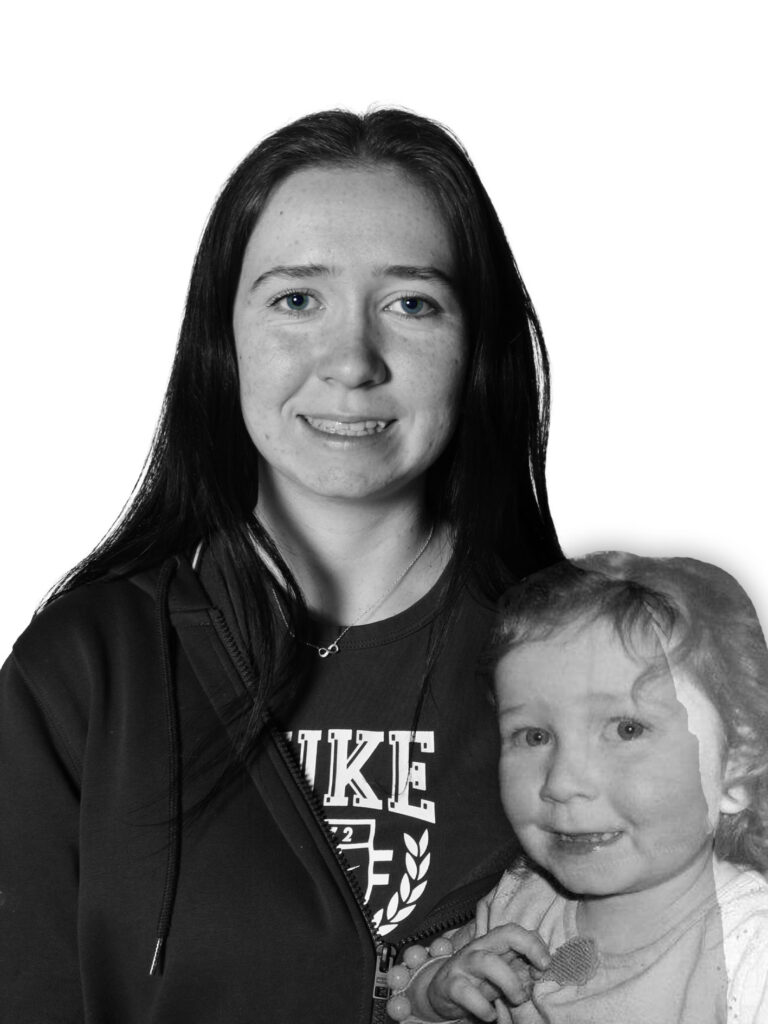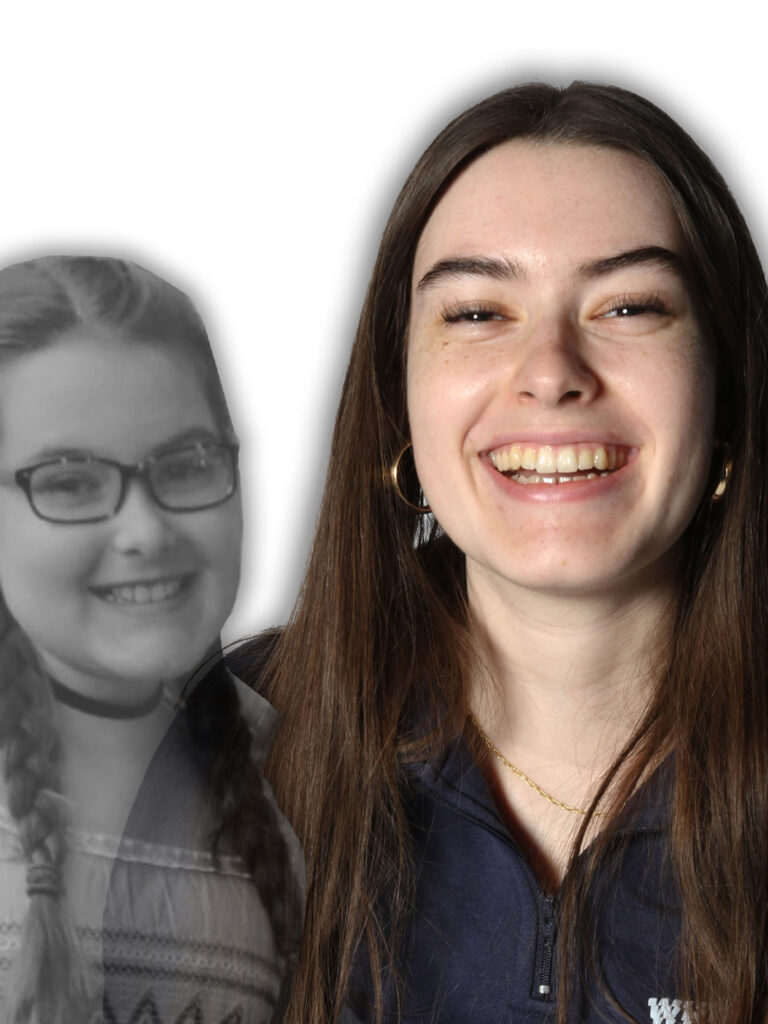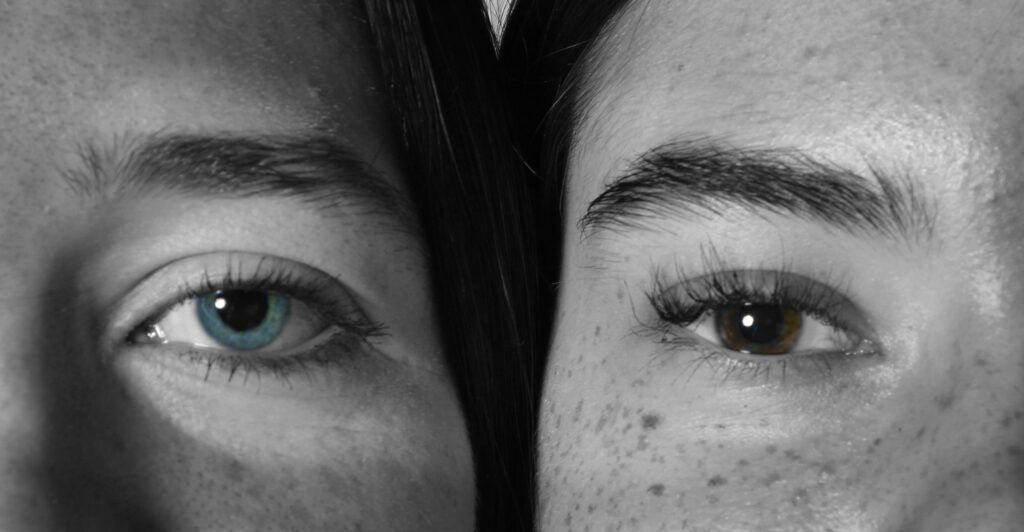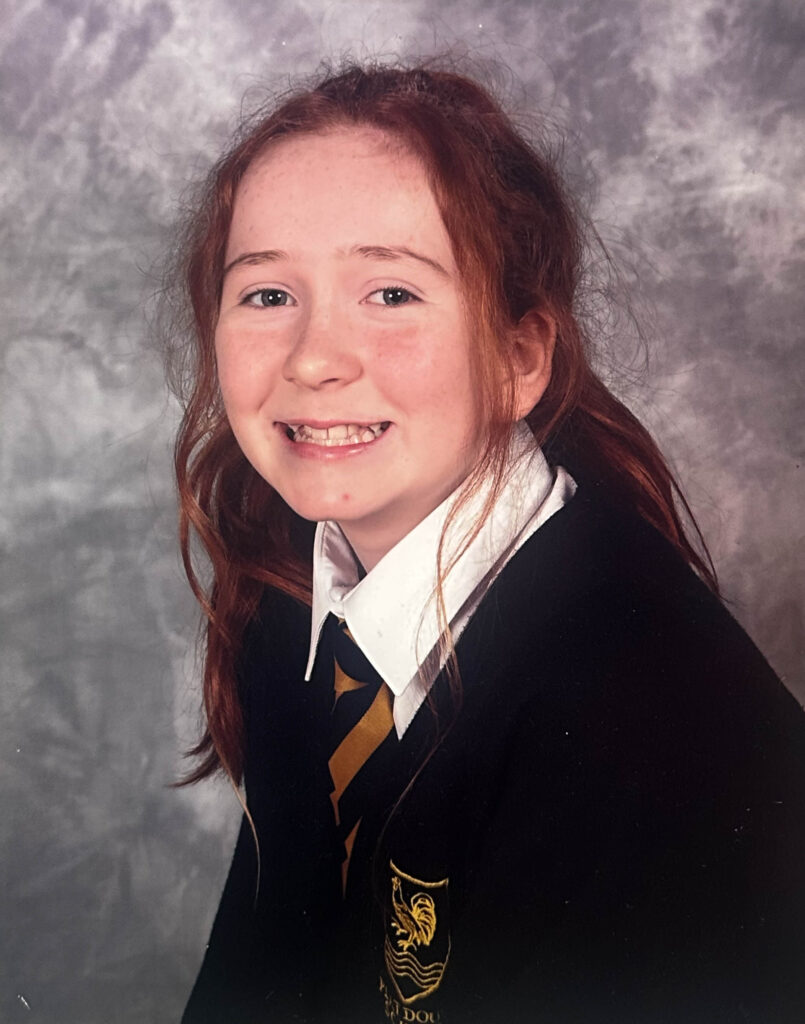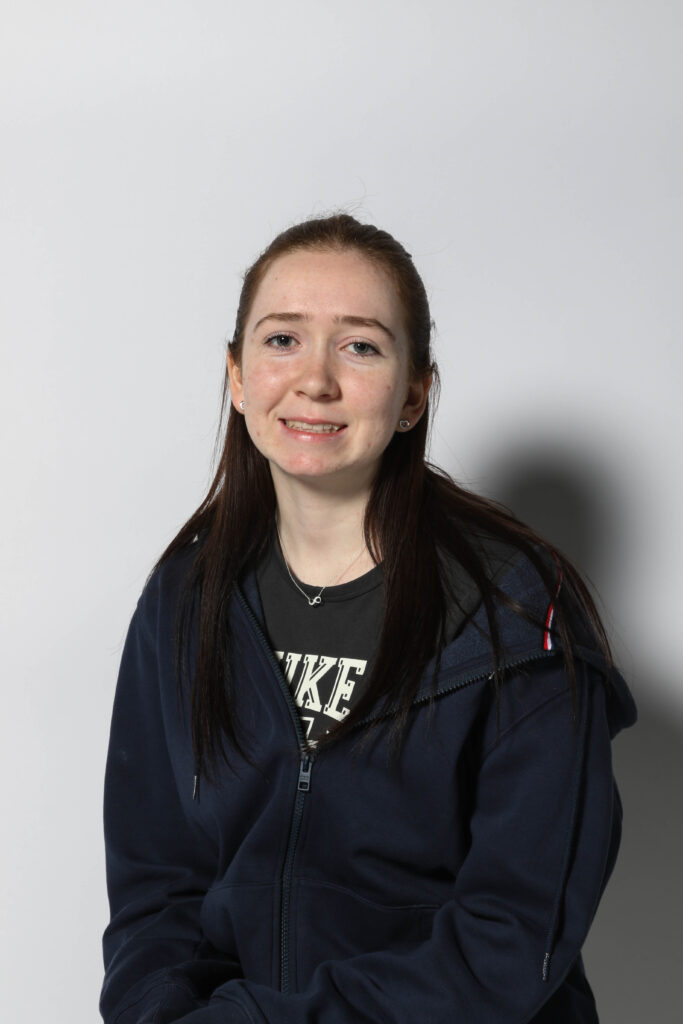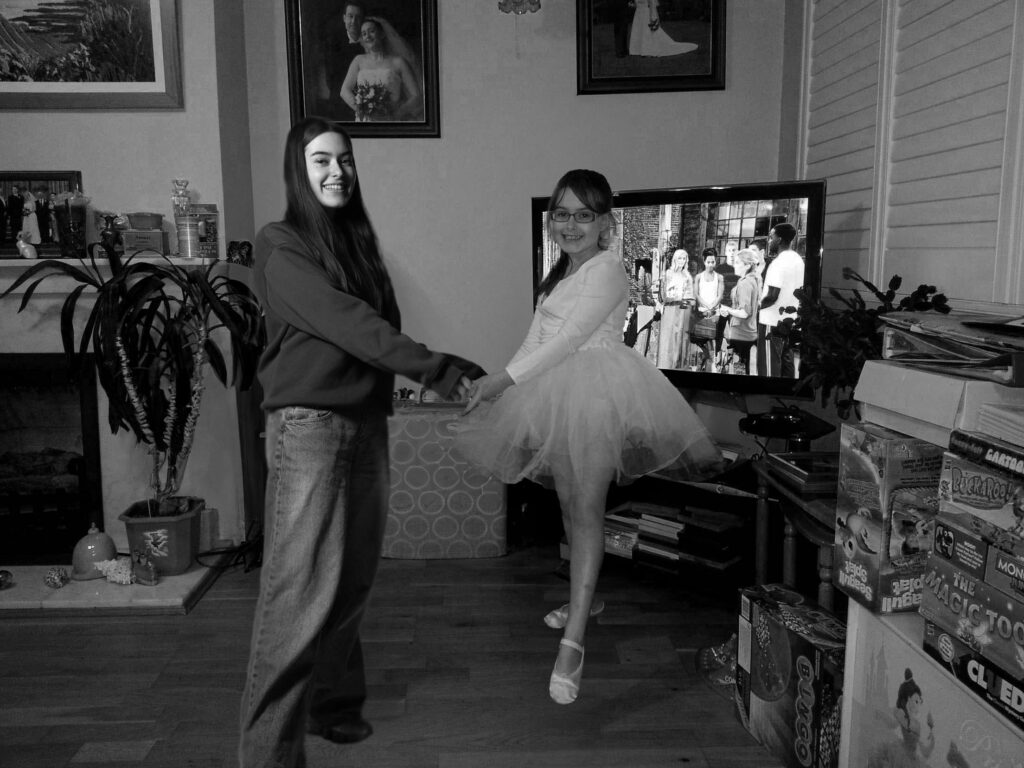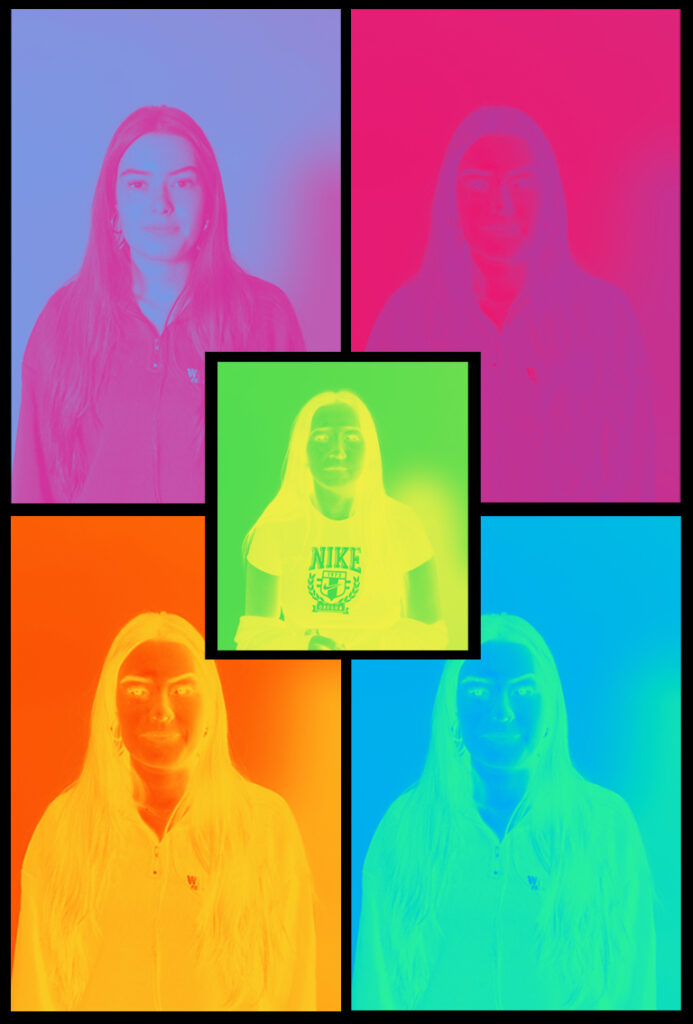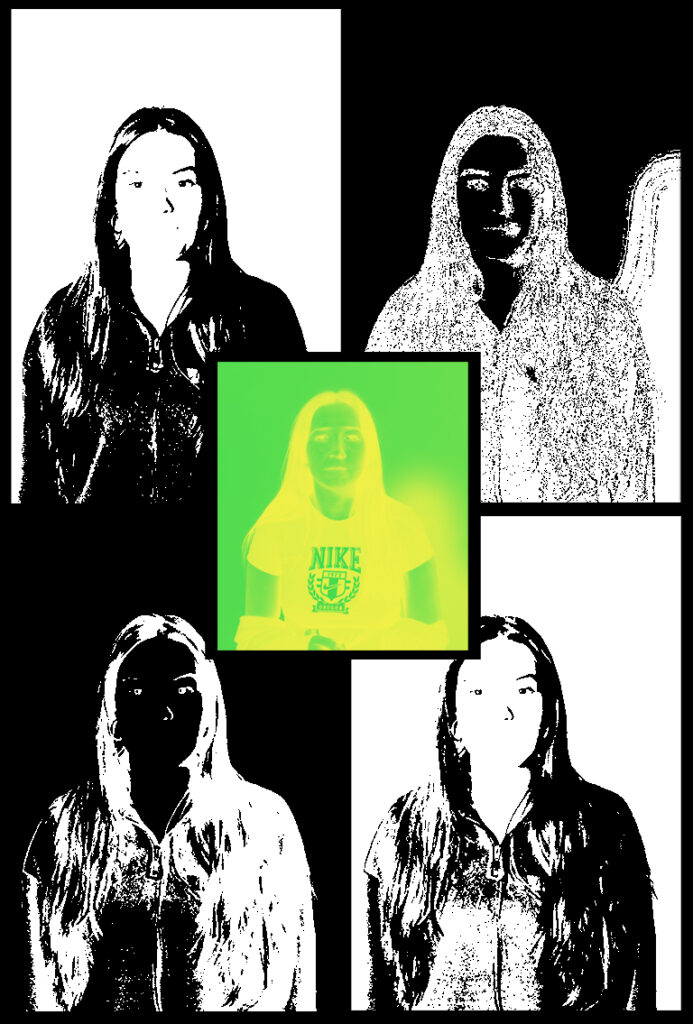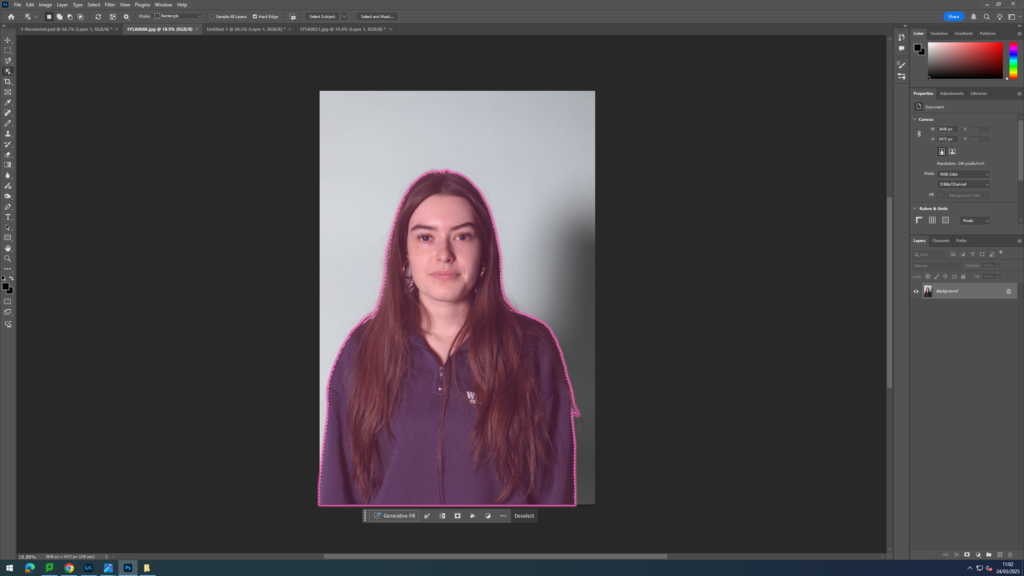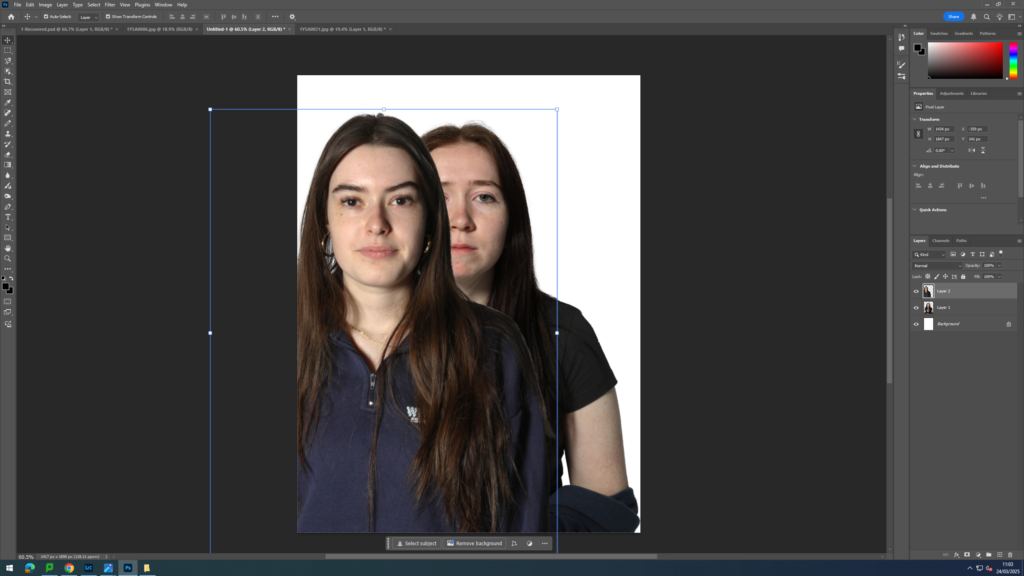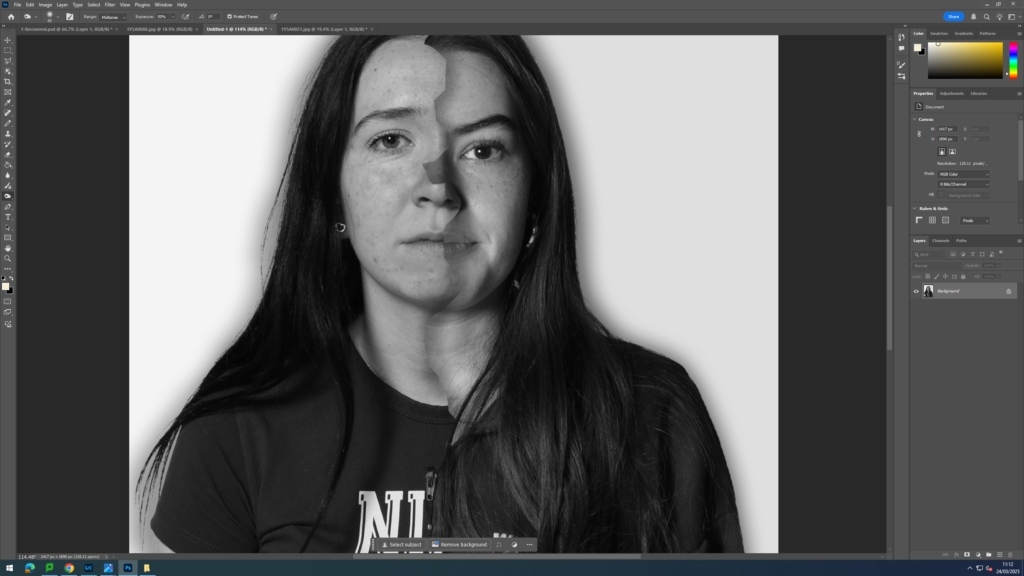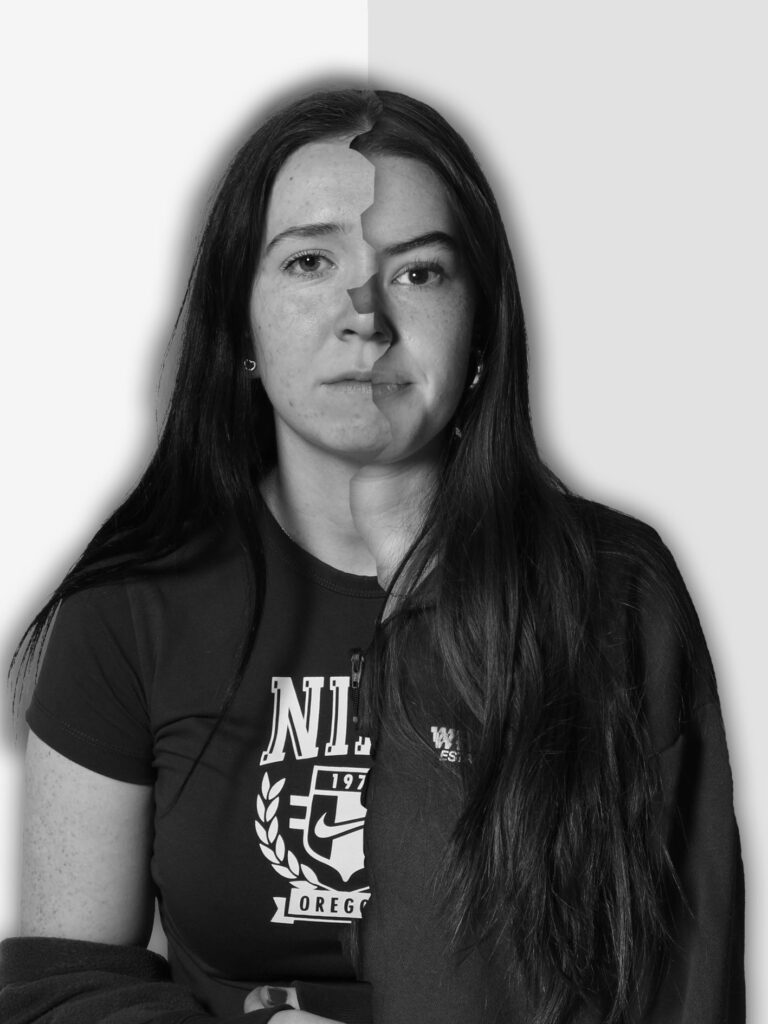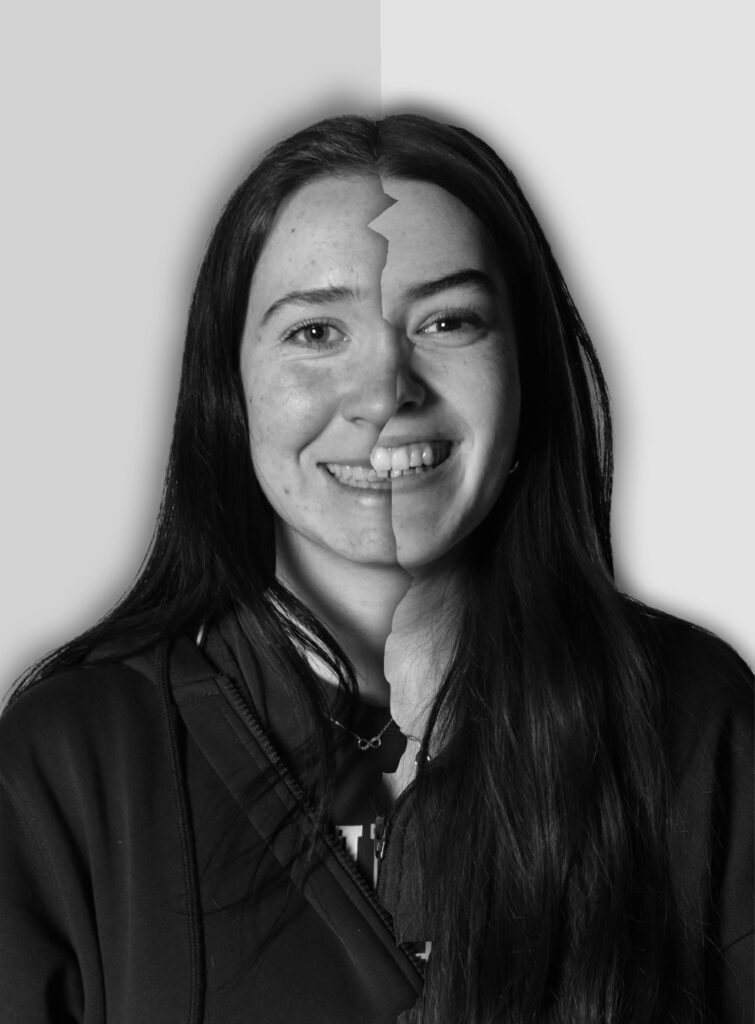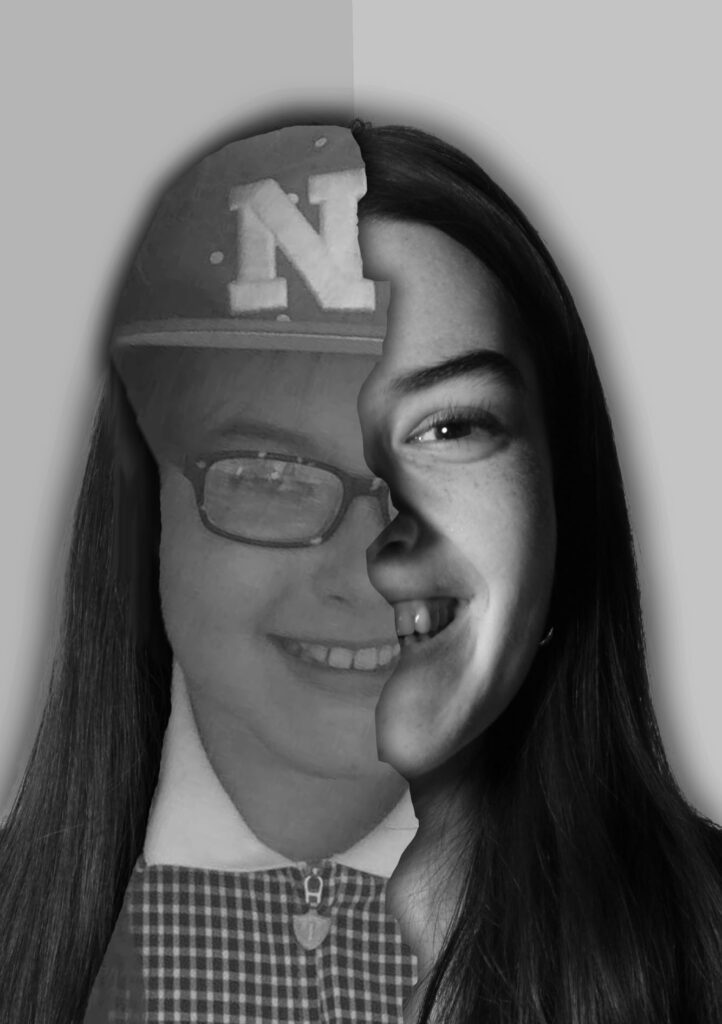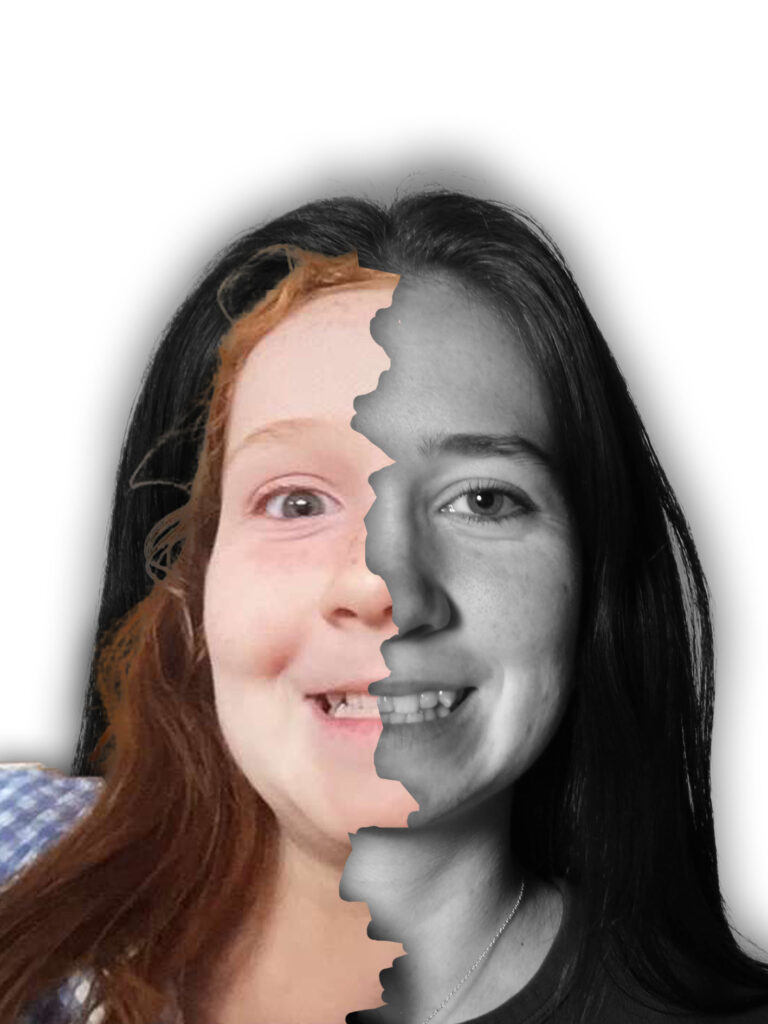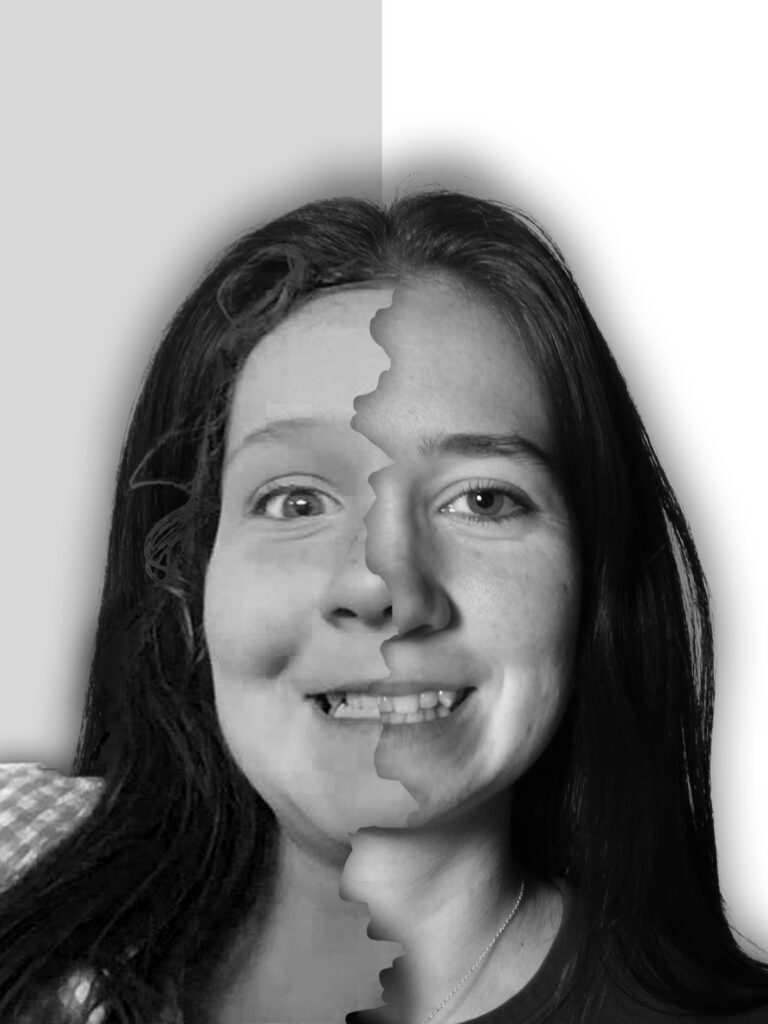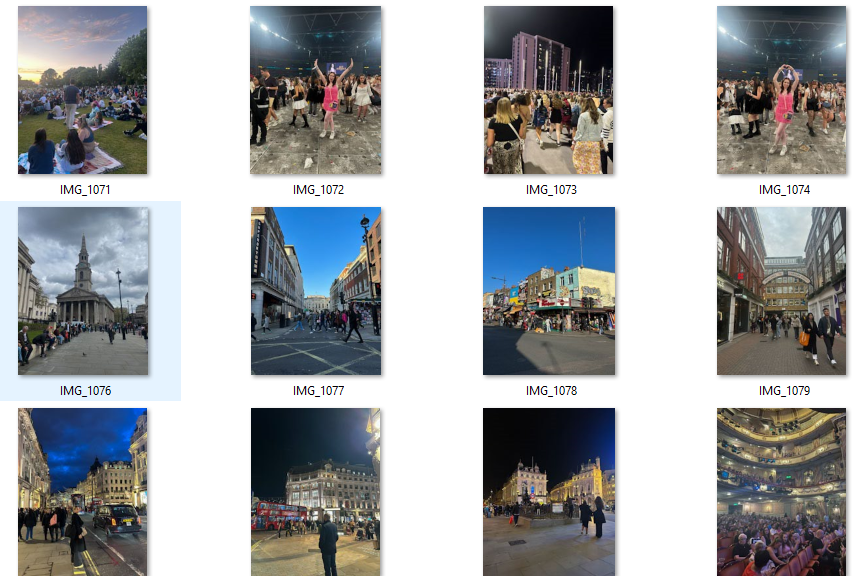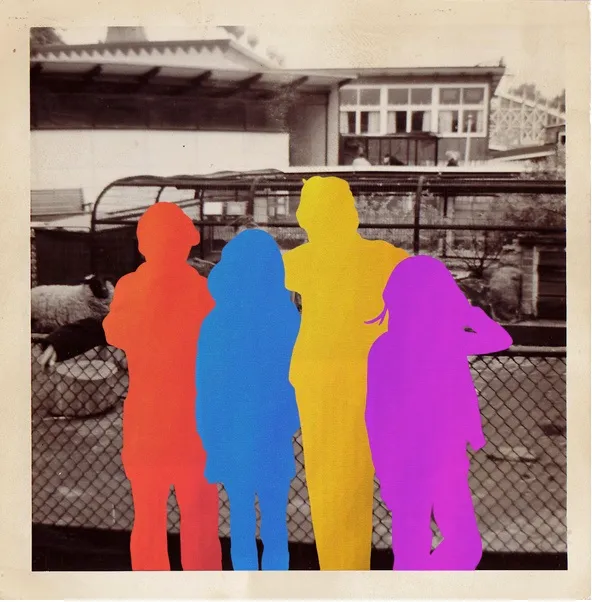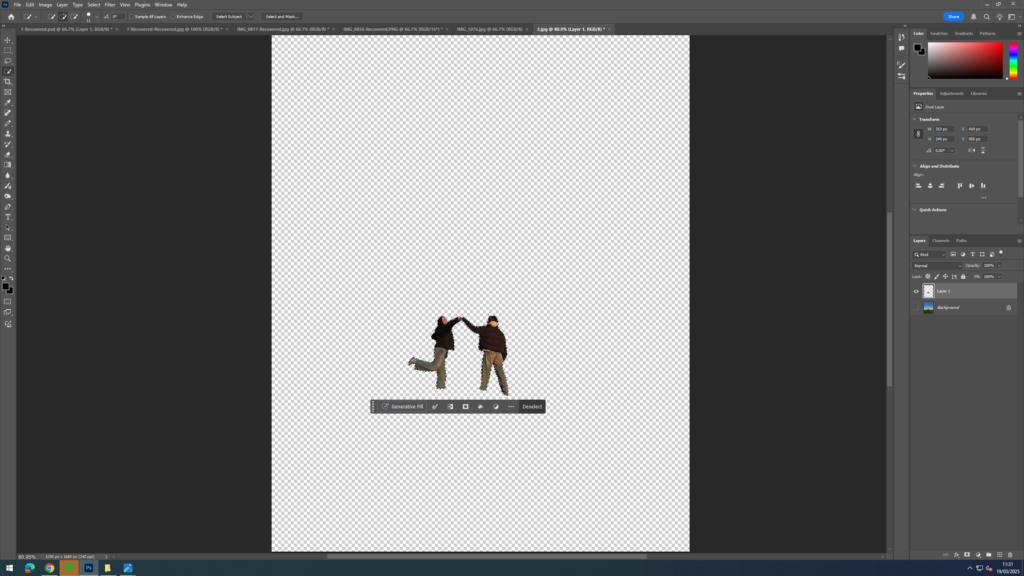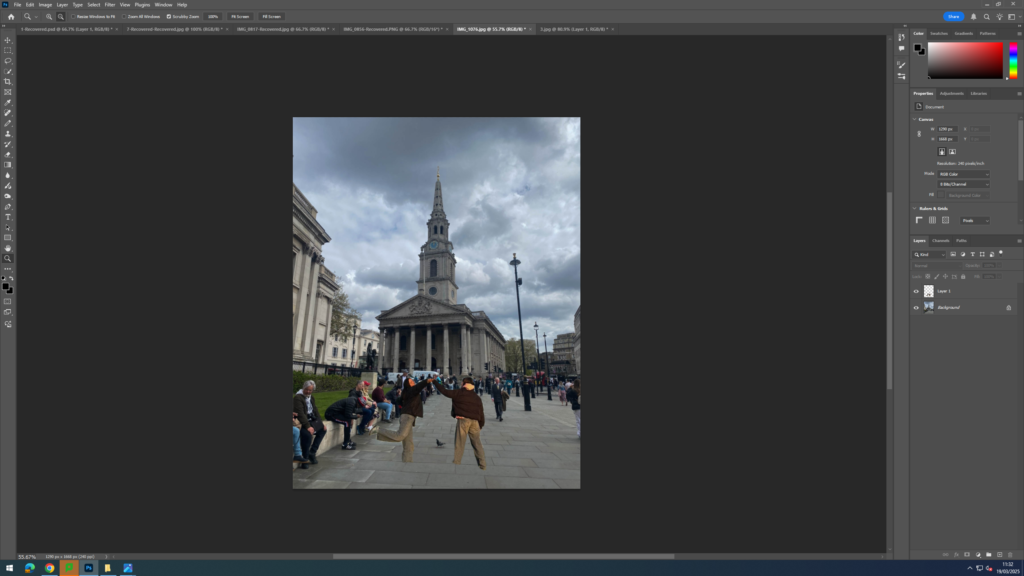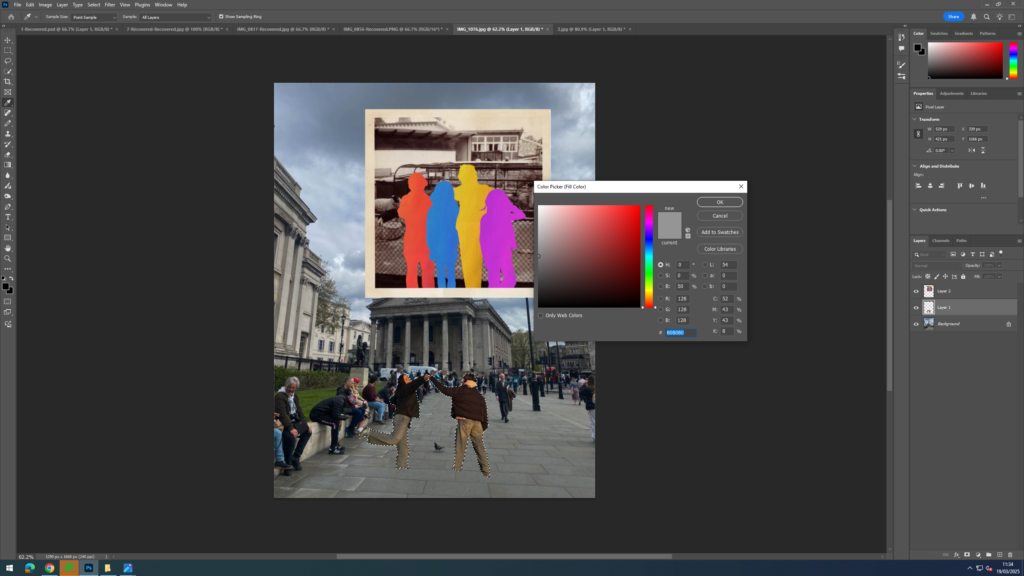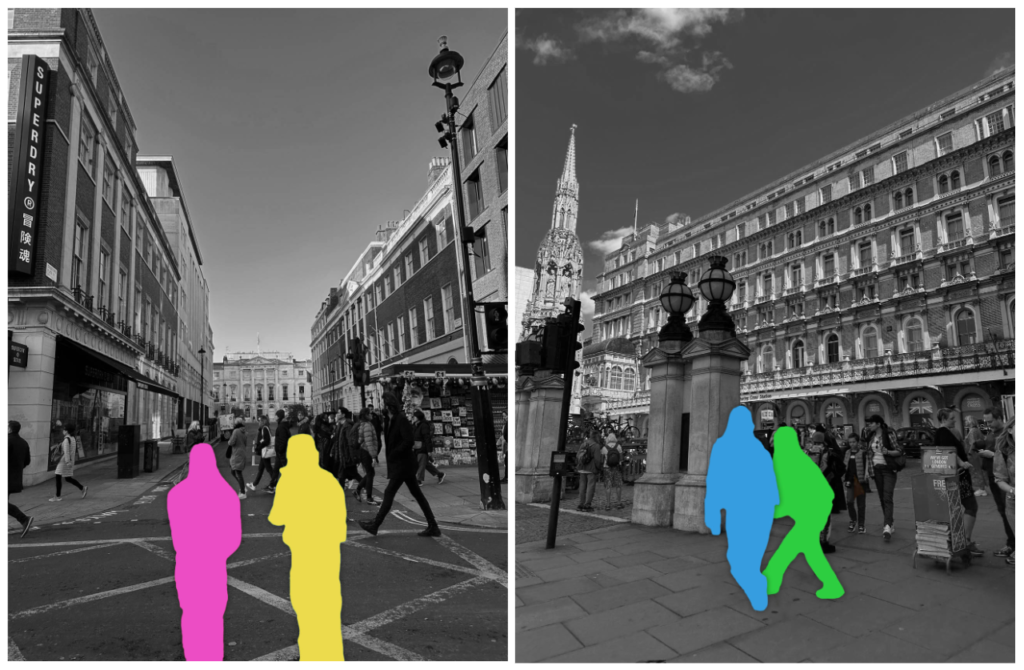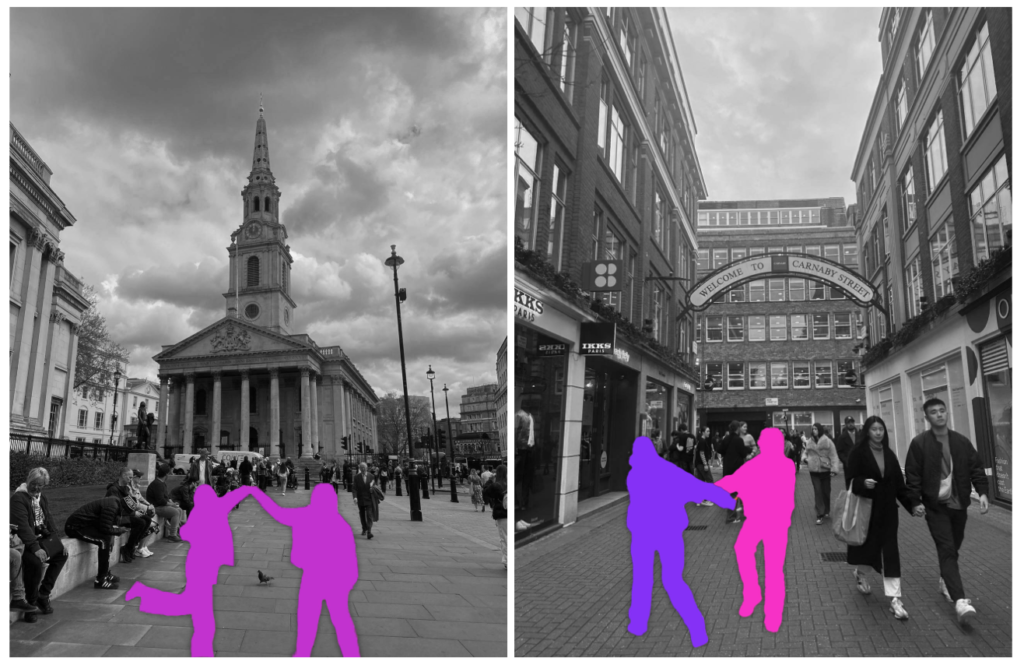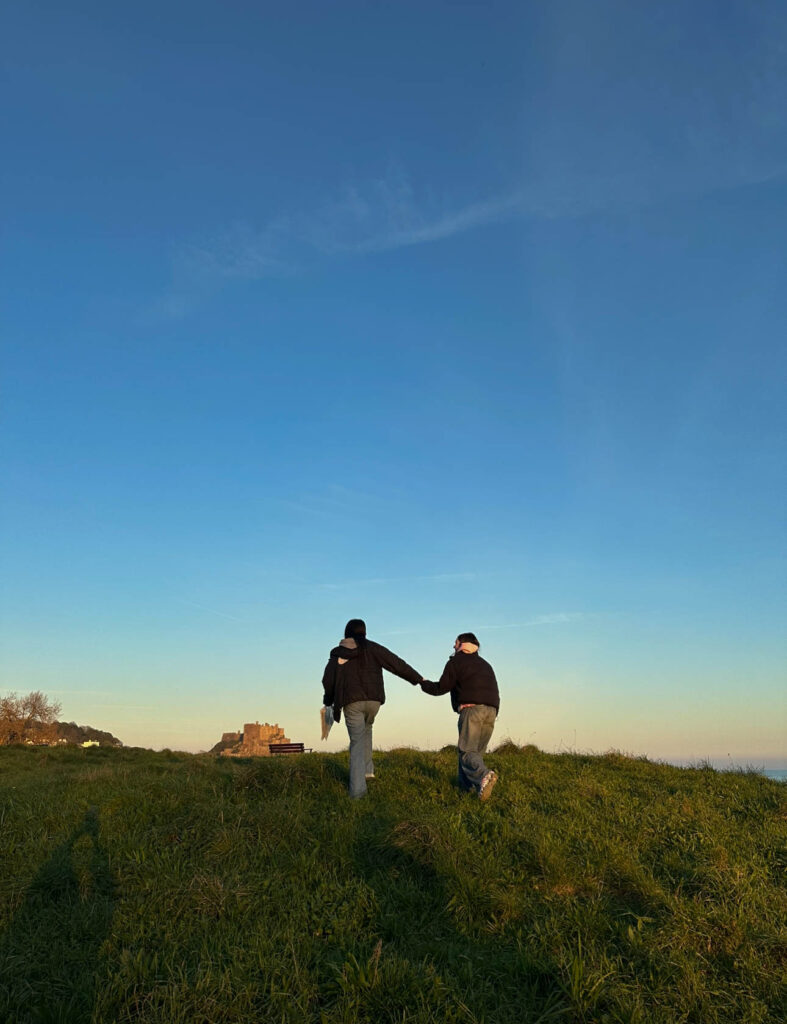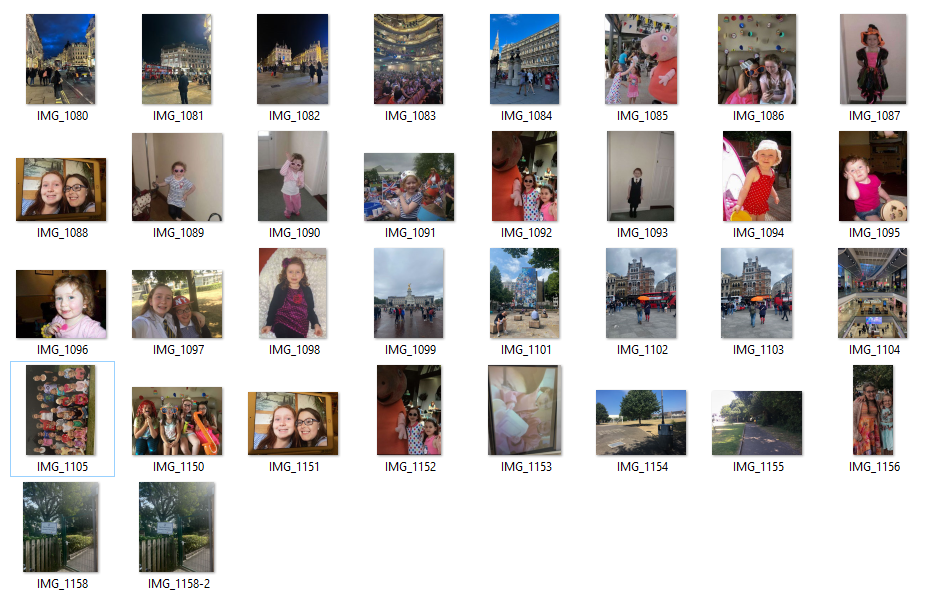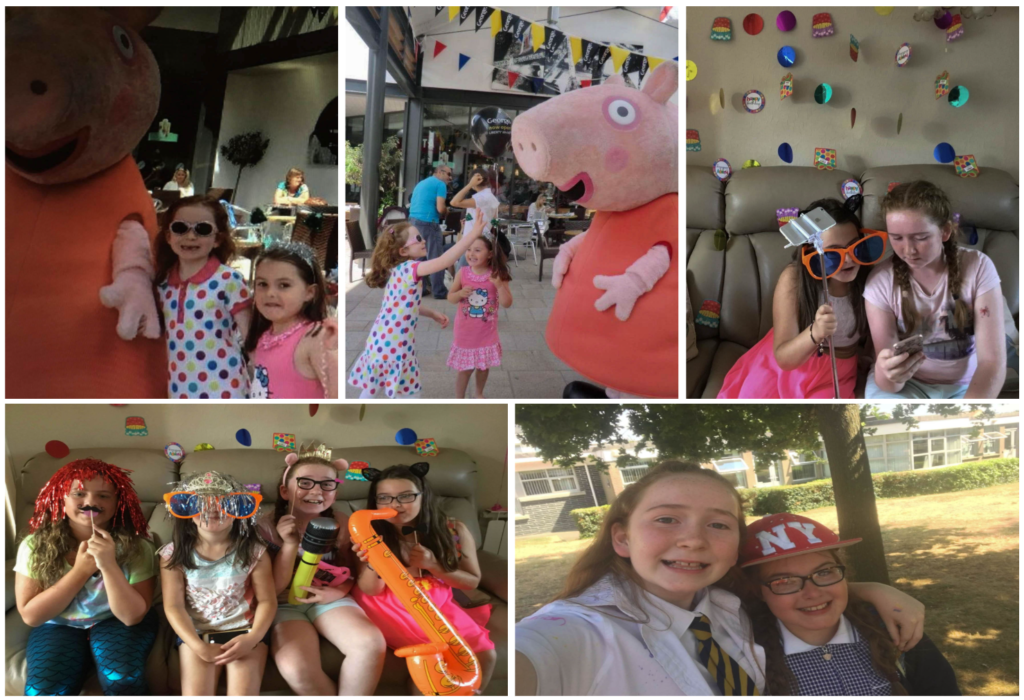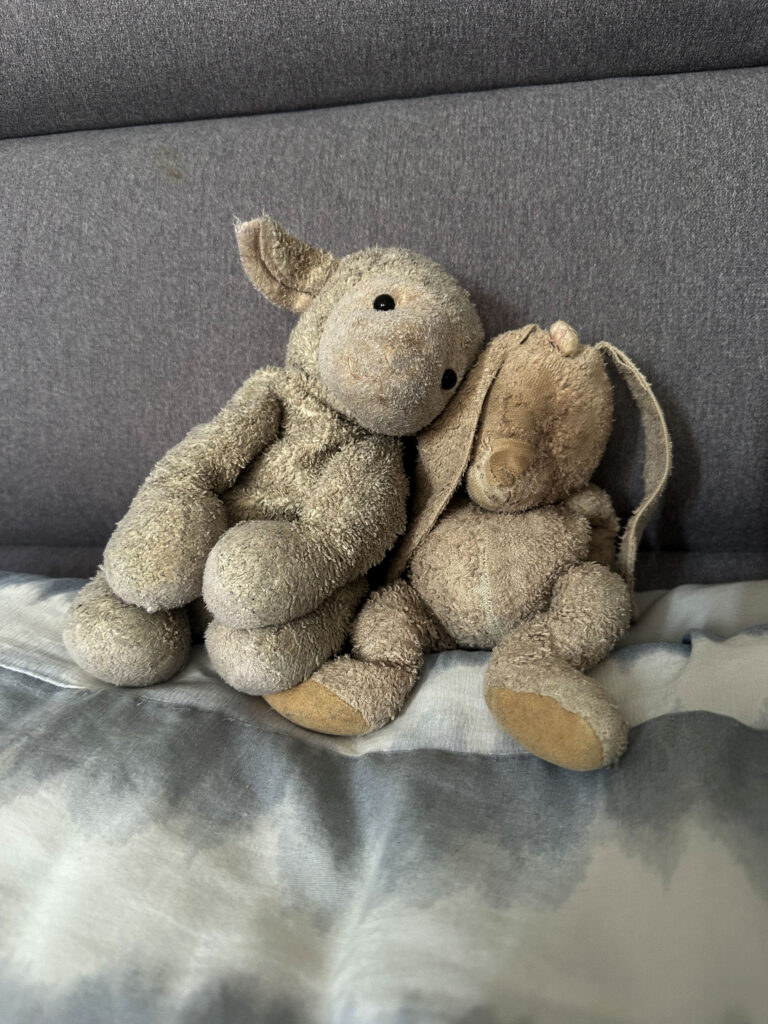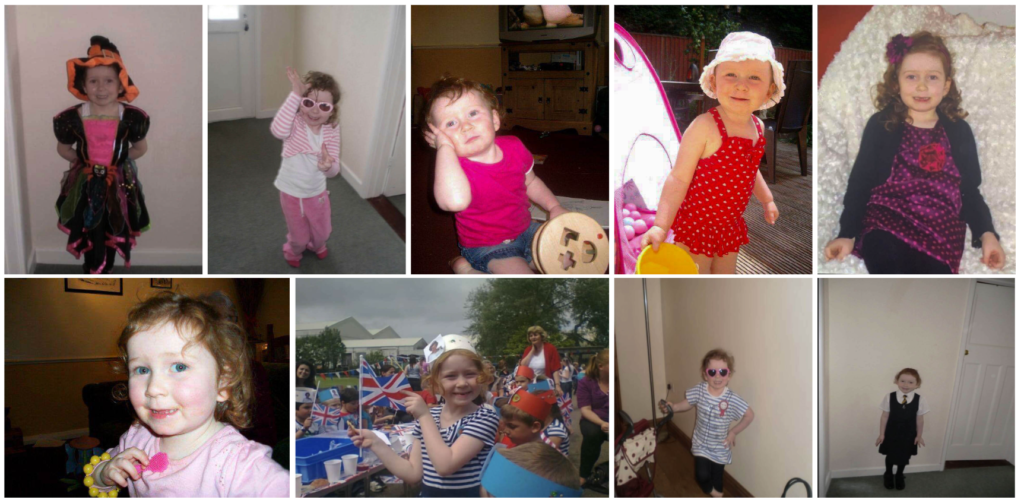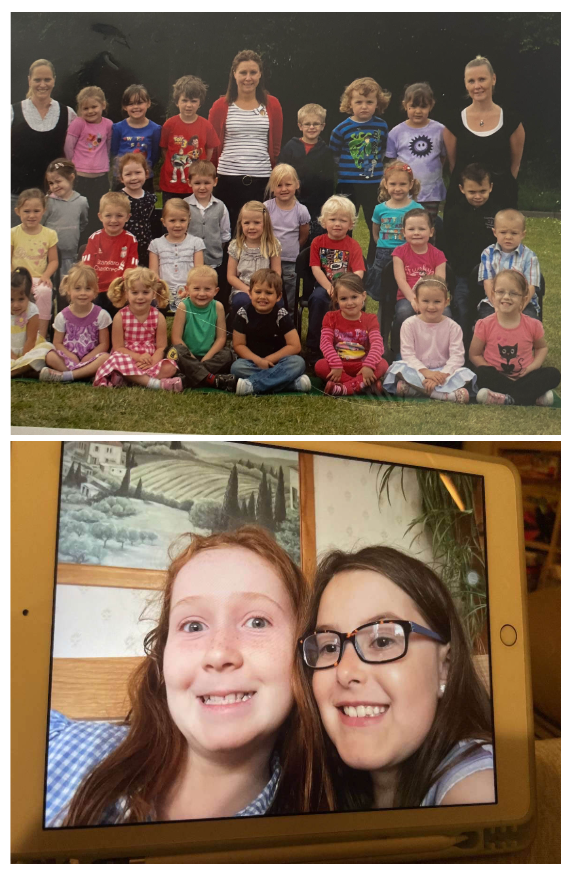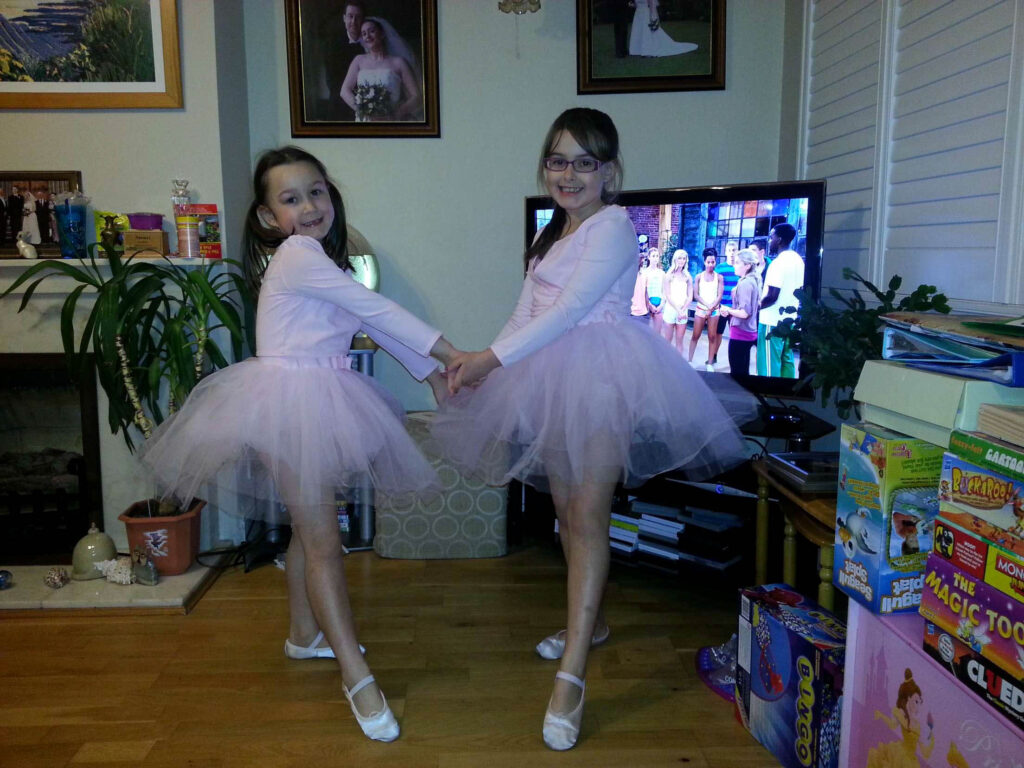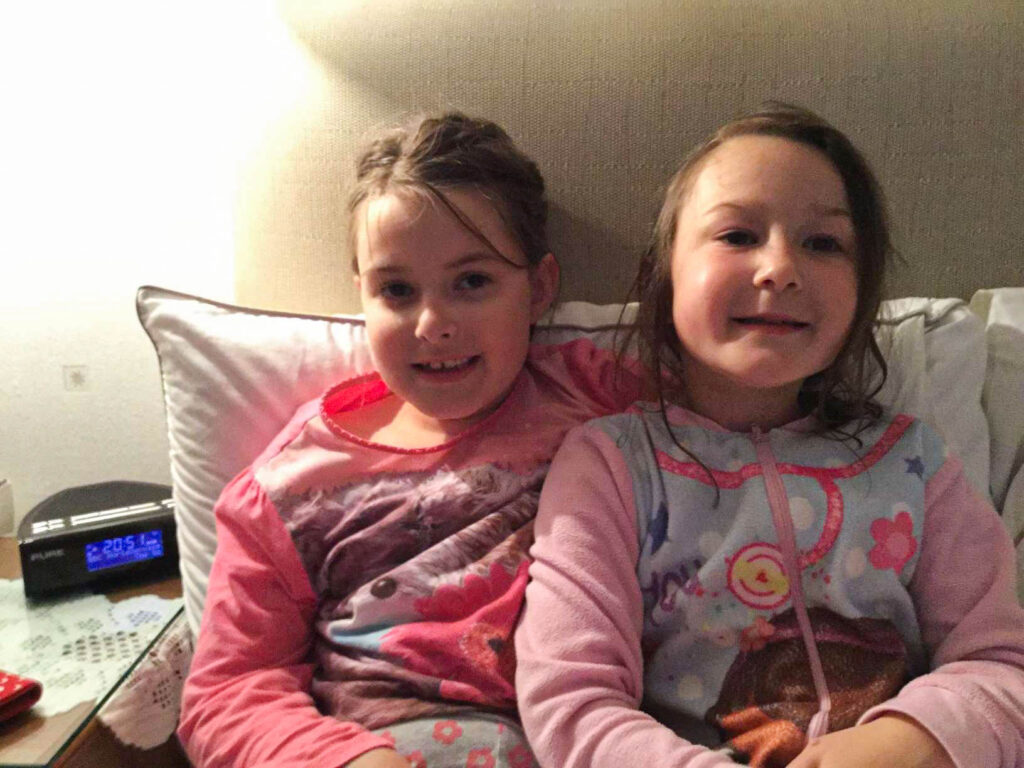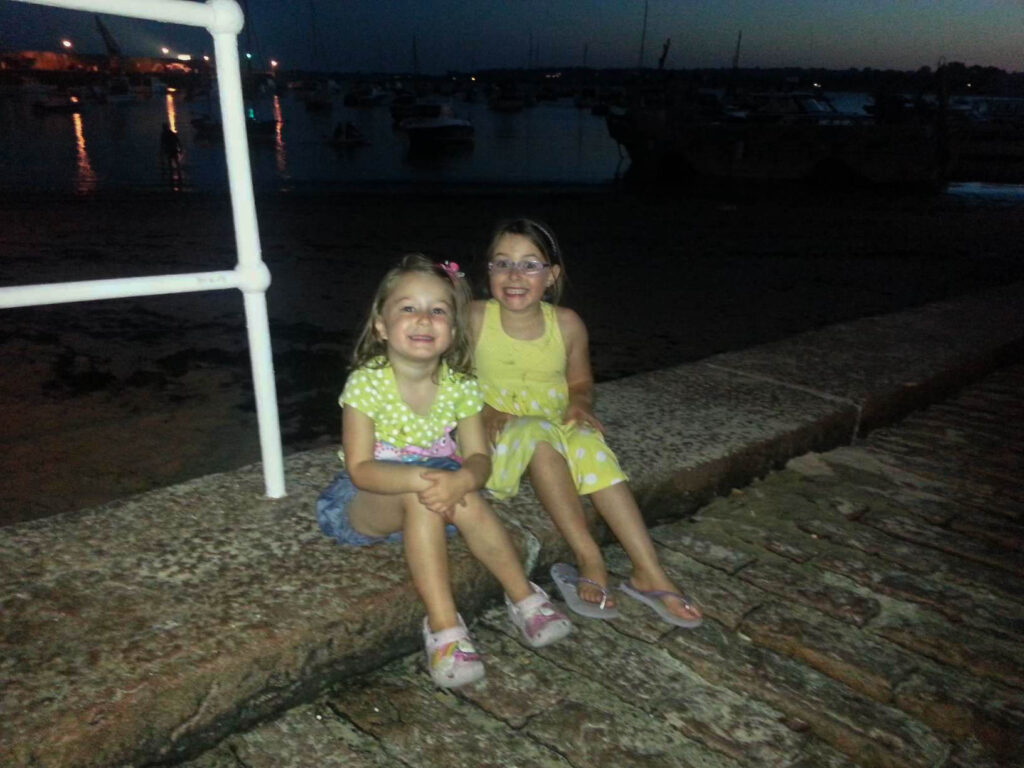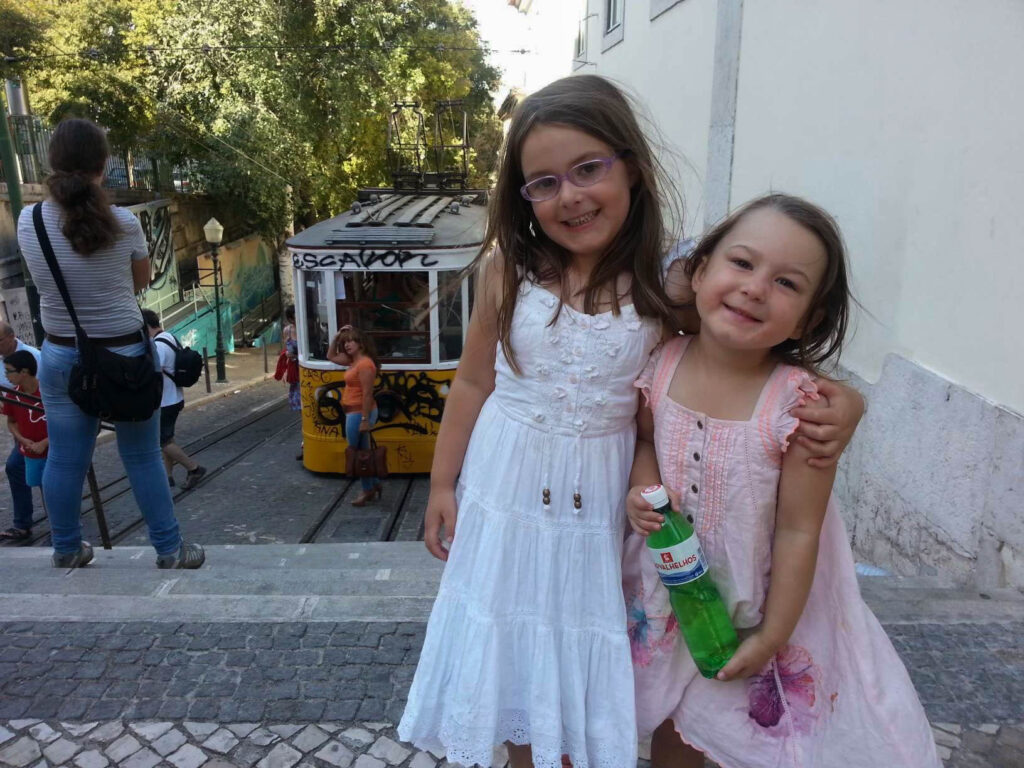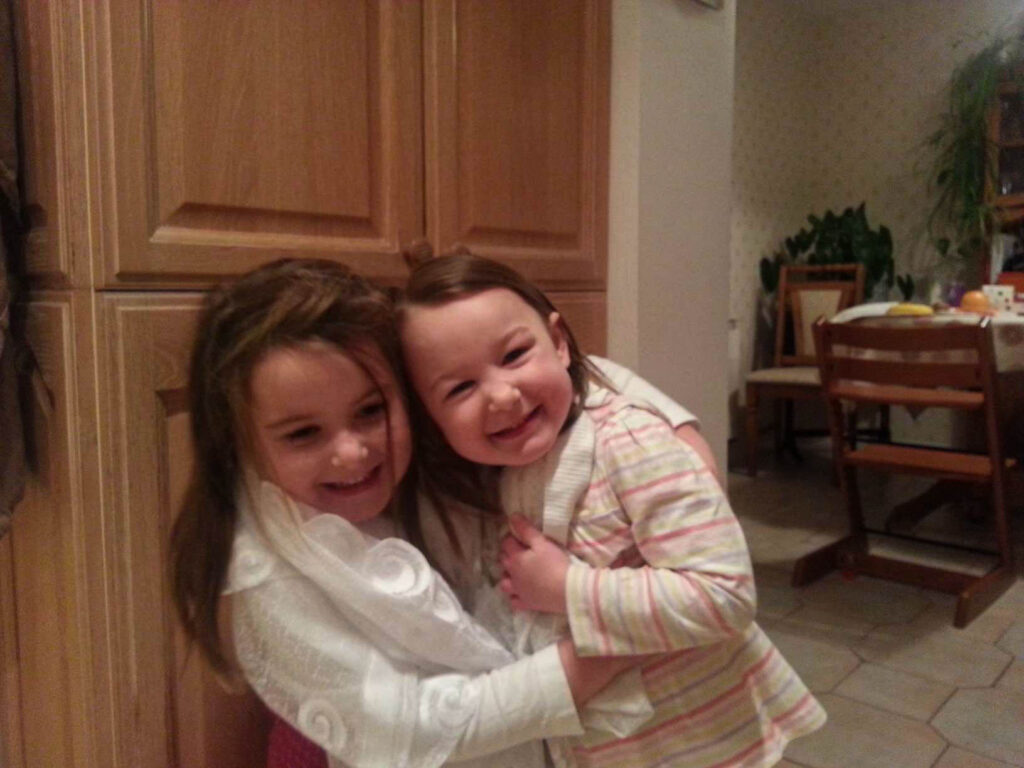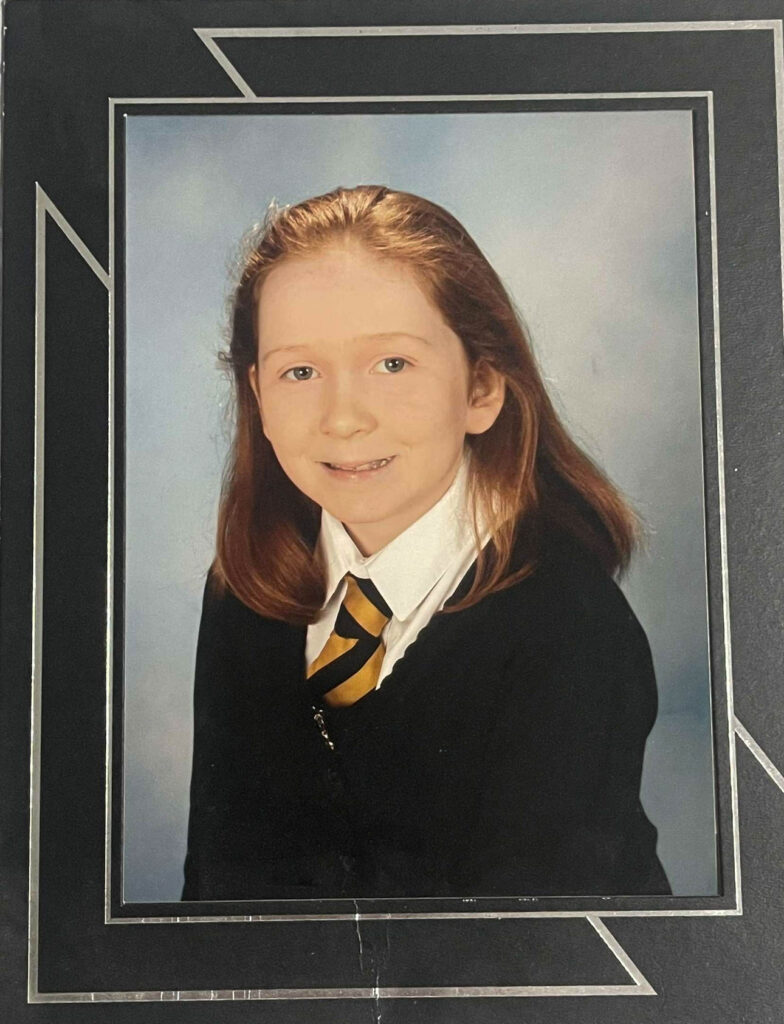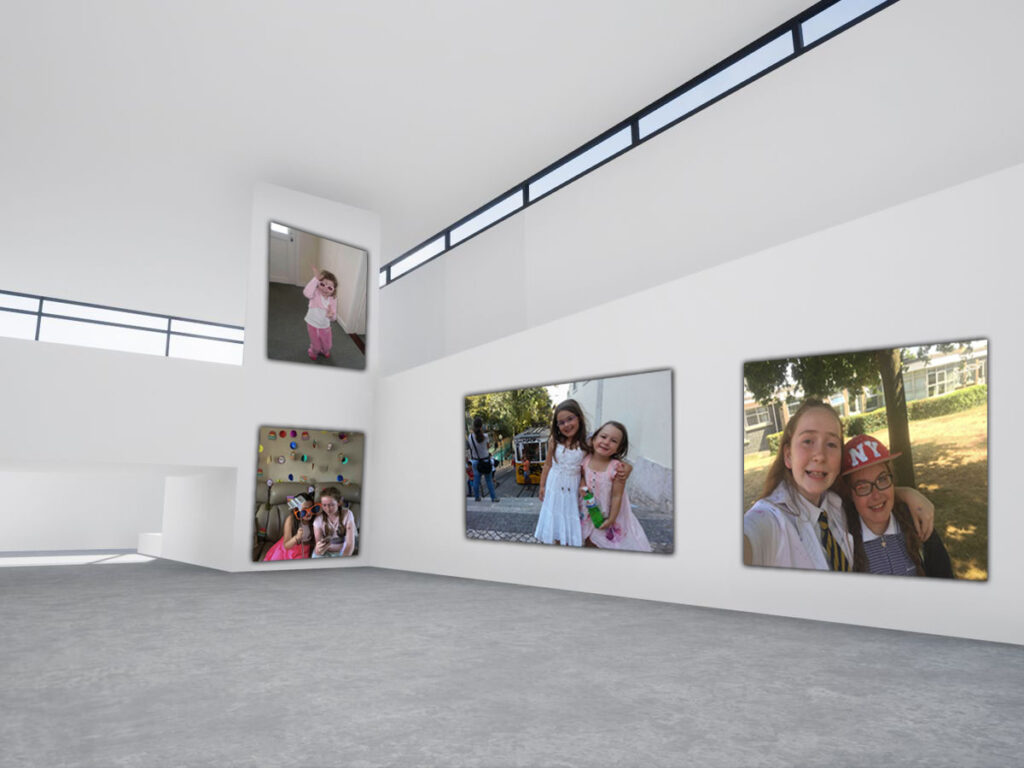
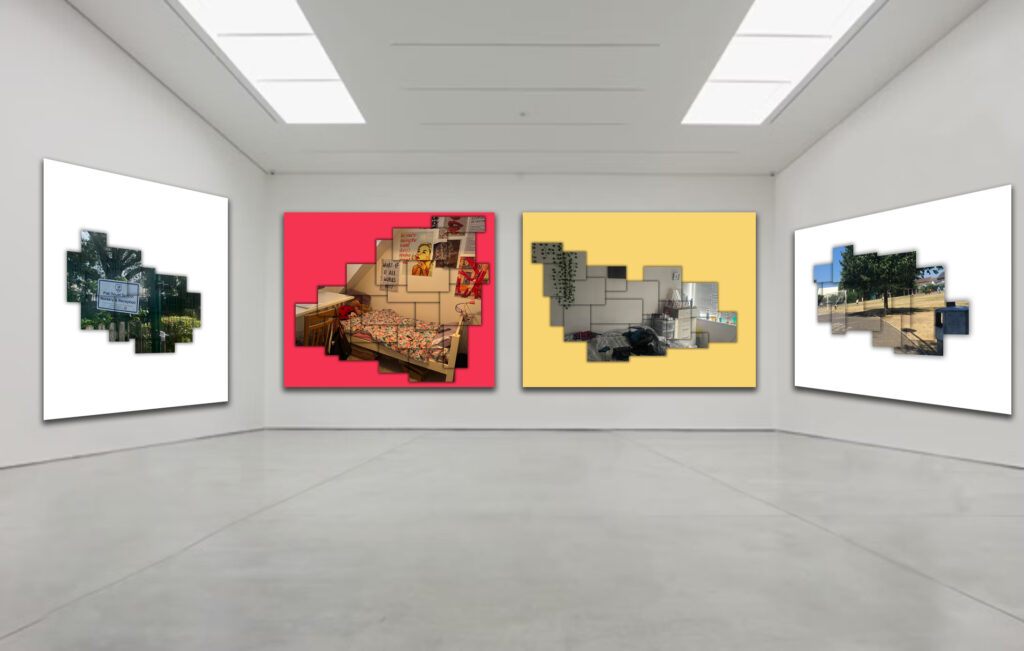
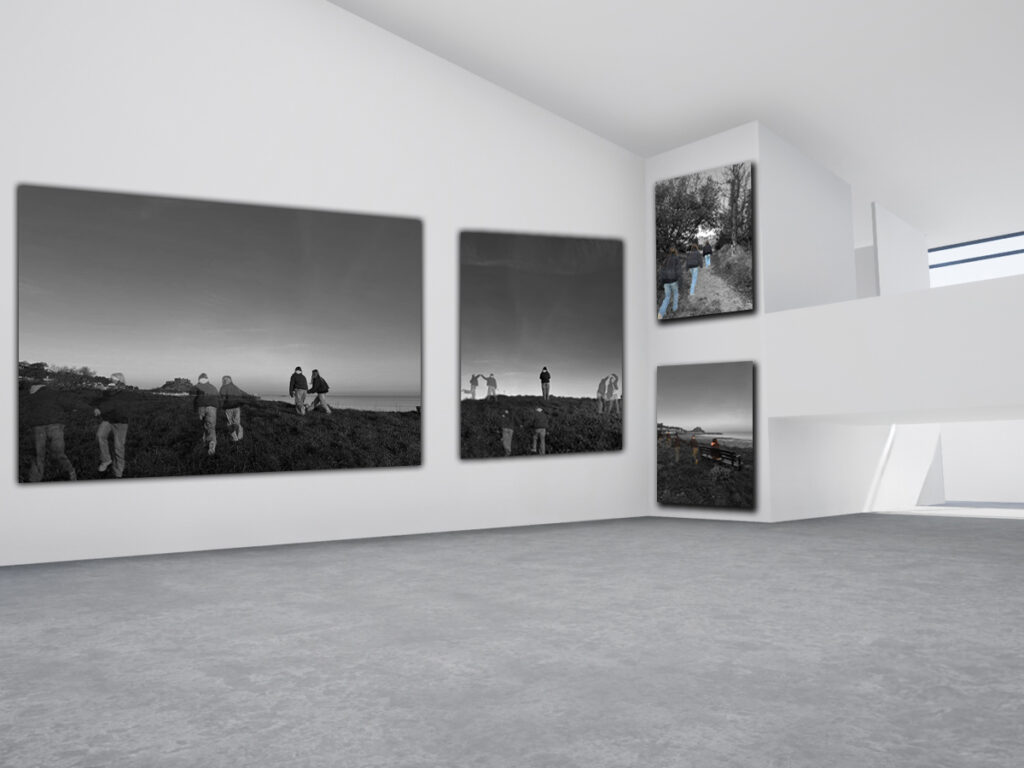

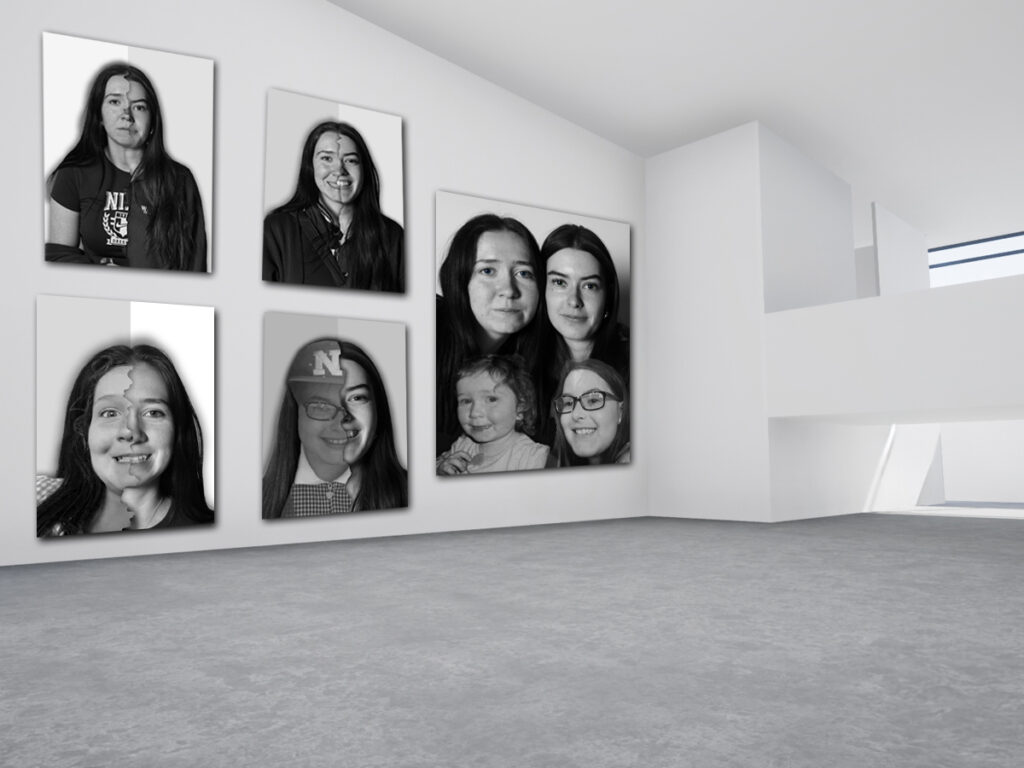
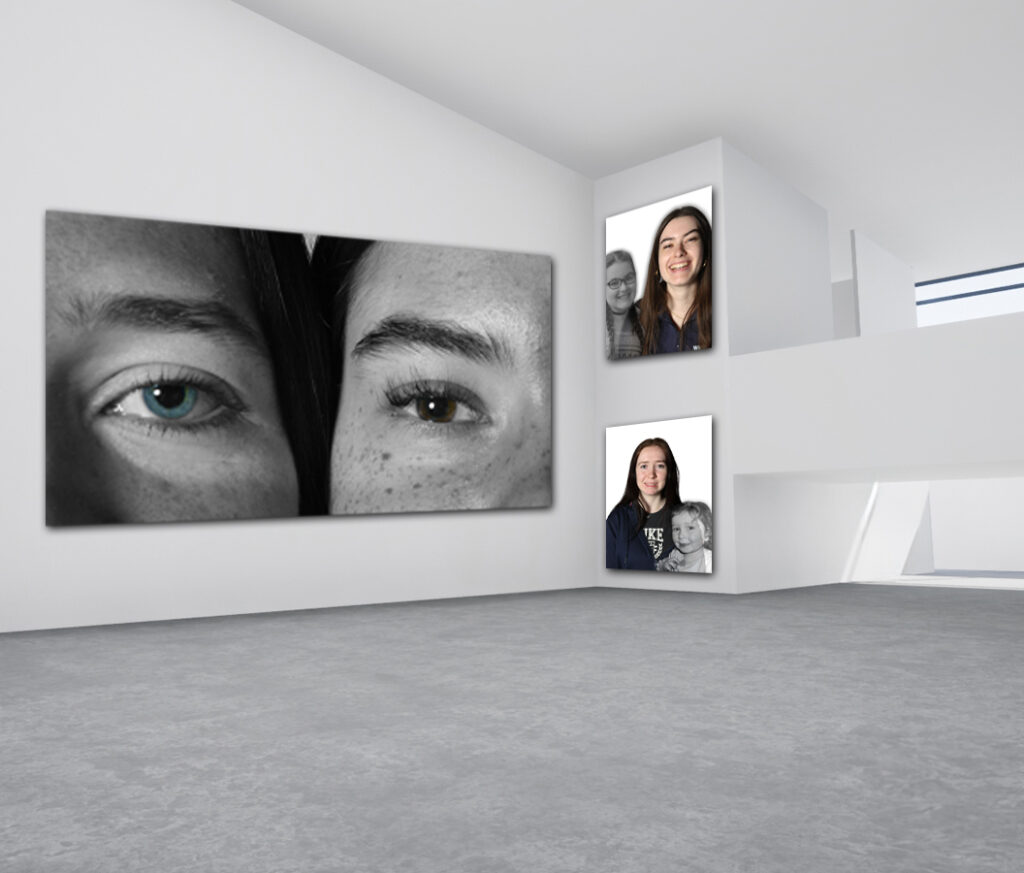
Overall, I enjoyed exploring the theme of union, what it means and different ways union can be seen in our daily lives. I decided to explore the idea of friendship as a form of union in my project and chose to focus on my two friends’ friendship which has lasted for 14 years and counting. I began by researching three different artists: Jose Ortiz, Hayley Warnham and Bobby Neel Adam’s whose work I believed linked to my idea quite well. For example, I found a image in the style of pictorialism by Jose Ortiz who depicted the same man walking at different points in time and combined all of these together. This sparked my idea of creating images where I would have an image of my friend standing by herself then surround her with images of her and her friend taken in the past at the same location; highlighting how much brighter and warm the world feels when she’s with her friend. I also tried to replicate this style of pictorialism seen in his image by adding a sepia tone over some of my images and adding shadows to the cut outs to make the lines more blurred and fantasy like. Overall, I like how my experiments came out however it doesn’t really replicate the work of Jose Ortiz that similarly as his piece only inspired an idea for my work loosely. Next, I looked at the work of Hayley Warnham who adds bold, bright colours to her grandads vintage photographs. I thought her work linked quite smoothly to an idea I had that I wanted to convey in my work about showing the effect their friendship has had one another; making their world brighter and better when they are in each other’s presence. I like how this idea came out as I managed to successfully replicate her work whilst still making it unique to my idea. I think the bright colours were successful in conveying the positive emotions associated with their friendship. Finally, I wanted to emphasise the strength and length of their friendship in my work which lead to me finding the artist Bobby Neel Adam’s who merges pictures of people now with pictures of them when they were younger. I decided to create multiple versions of this idea to create a visual narration of how long they have been friends for. I started by making images of my two friends separately and merging themselves with images of themselves as young children, I then merged two images of them as young children together, then finally I merged two images of them now together. However, when creating the image with two images of them merged together when they were younger, the merge between the two images didn’t look very smooth as one of my friends didn’t have any close up photographs of herself as a child and the one she did have was quite blurry, limiting what I could do with it. Therefore, I decided not to include this image in my final pieces but overall I think I was able to effectively convey the length of their friendship as I made clear comparisons between how they used to look when they first met one another to how they look now. One improvement I would make to my project is photographing different objects that represent their personality. Whether that be photographing their different likes and hobbies literally, or photographing things that represent their personality metaphorically (eg the sun for my friend who is always happy, loud and bubbly and the moon for my friend is more quiet and calm in nature), I think this would’ve added more depth into my project and explored who my friends are as individuals, which in turn helps to explore and understand their friendship further. I think this would also help highlight the beauty and rarity of their friendship as although their likes and dislikes differ, they are still best friends.

